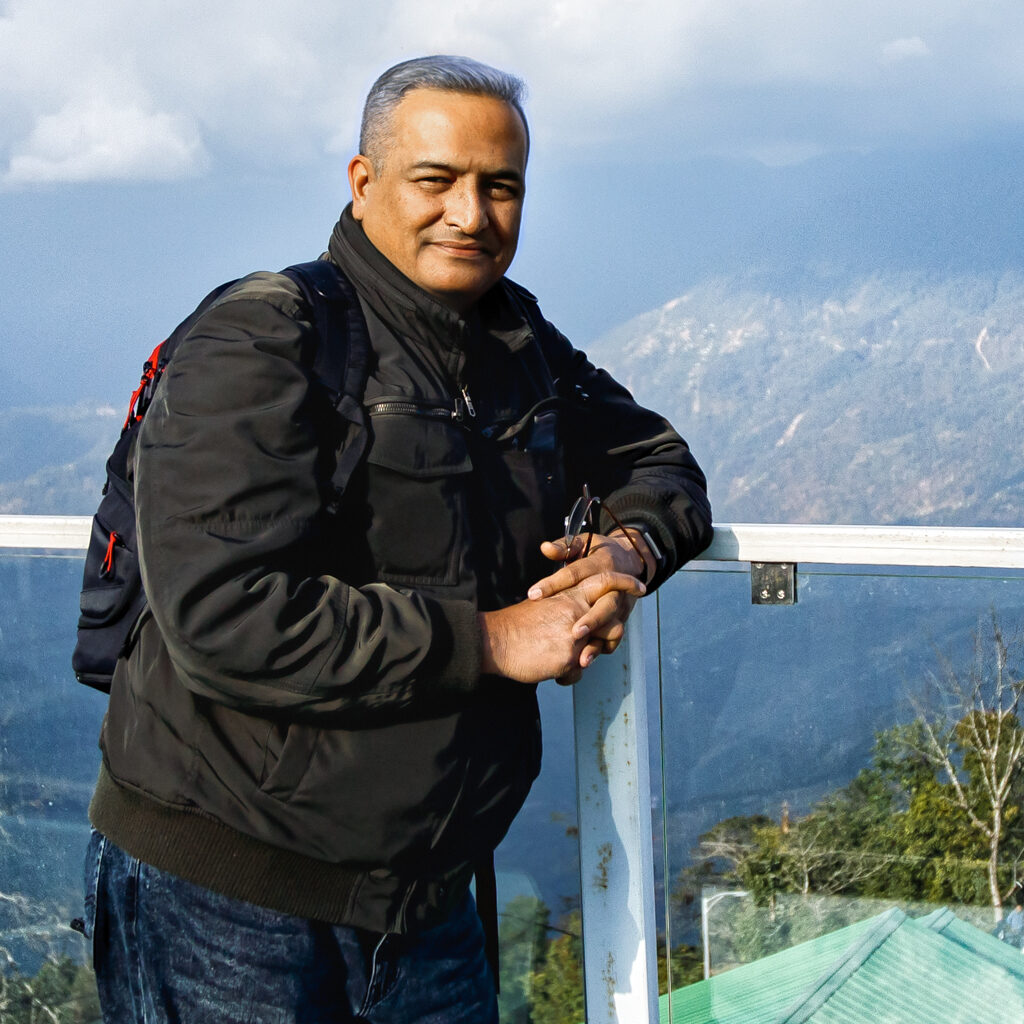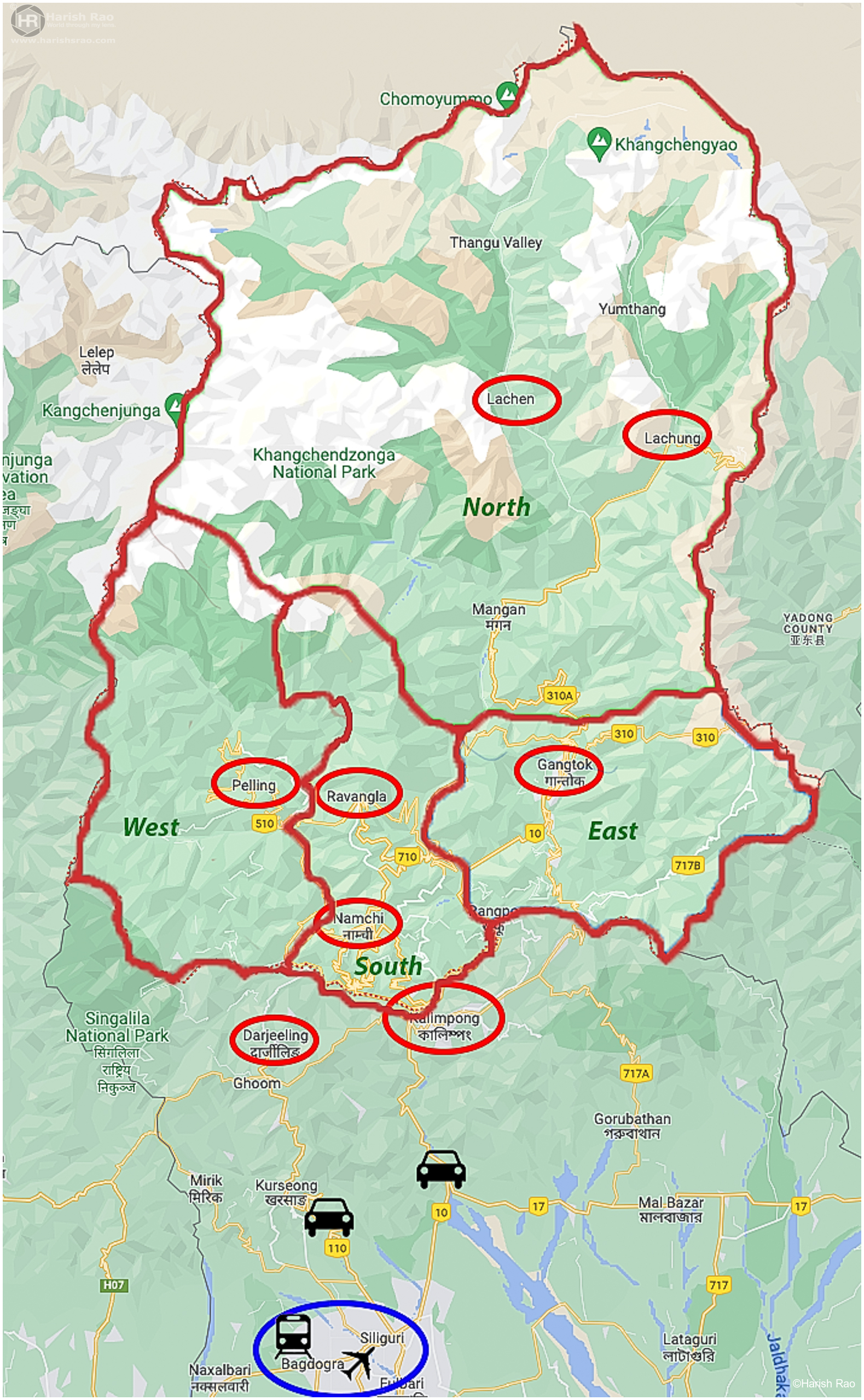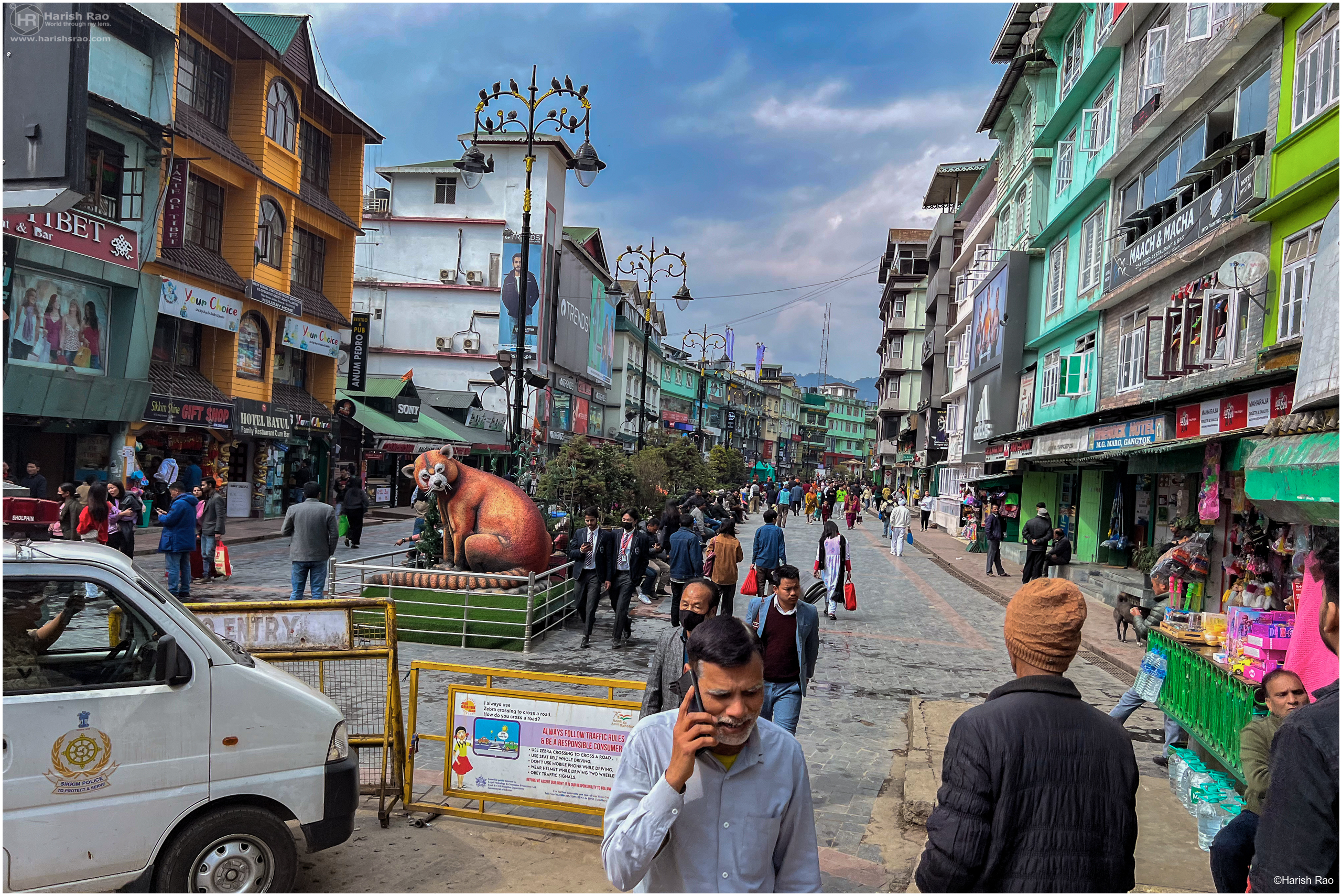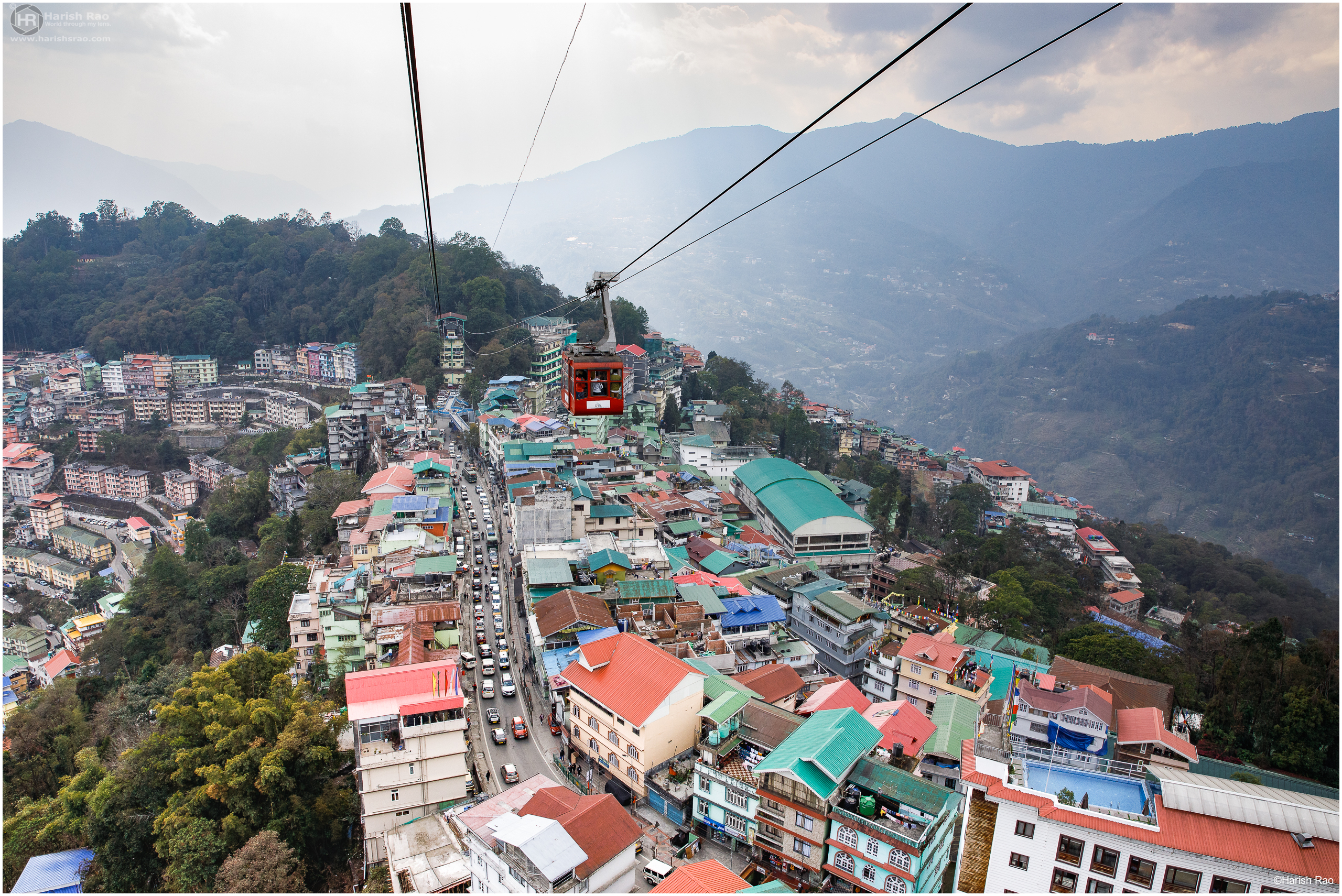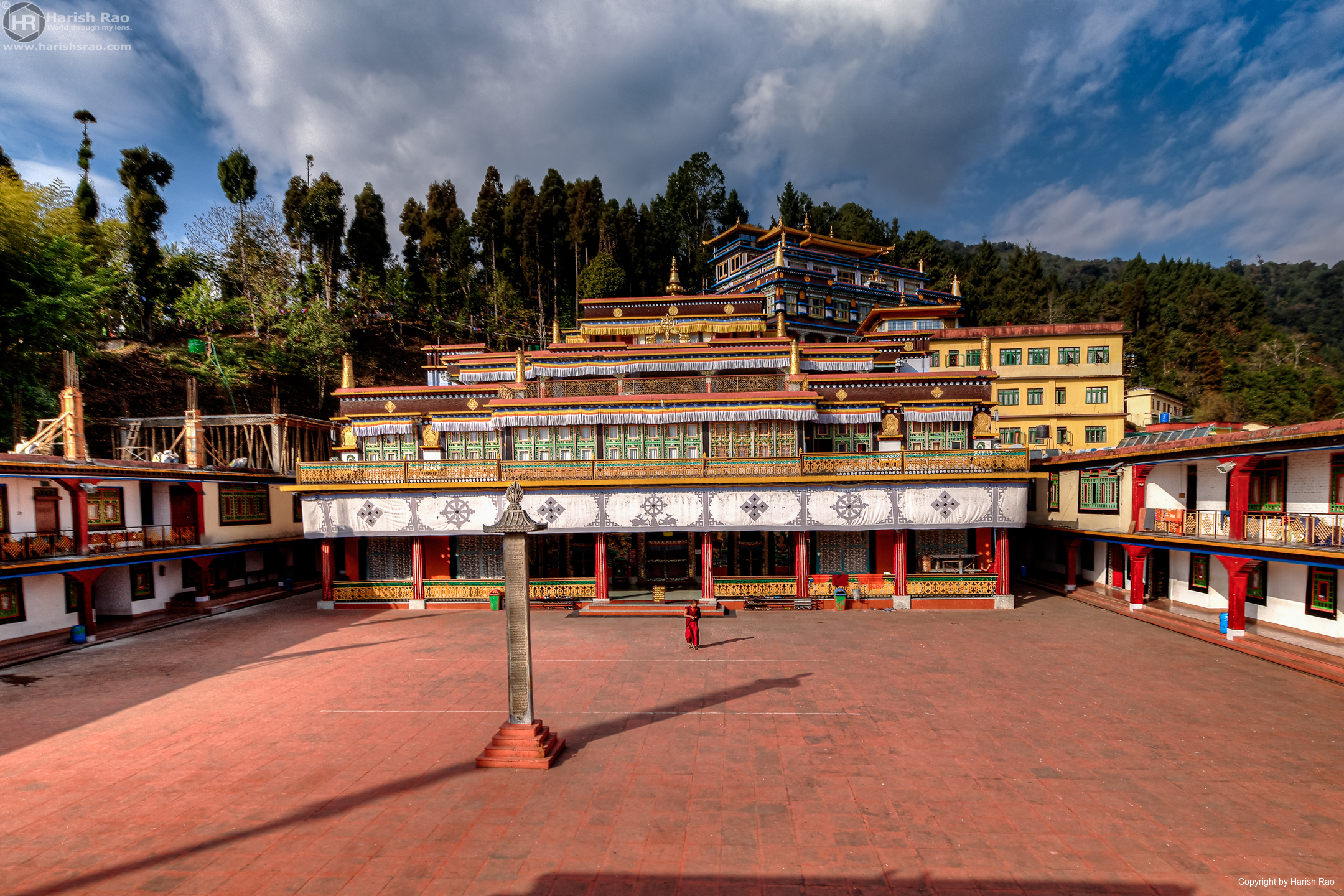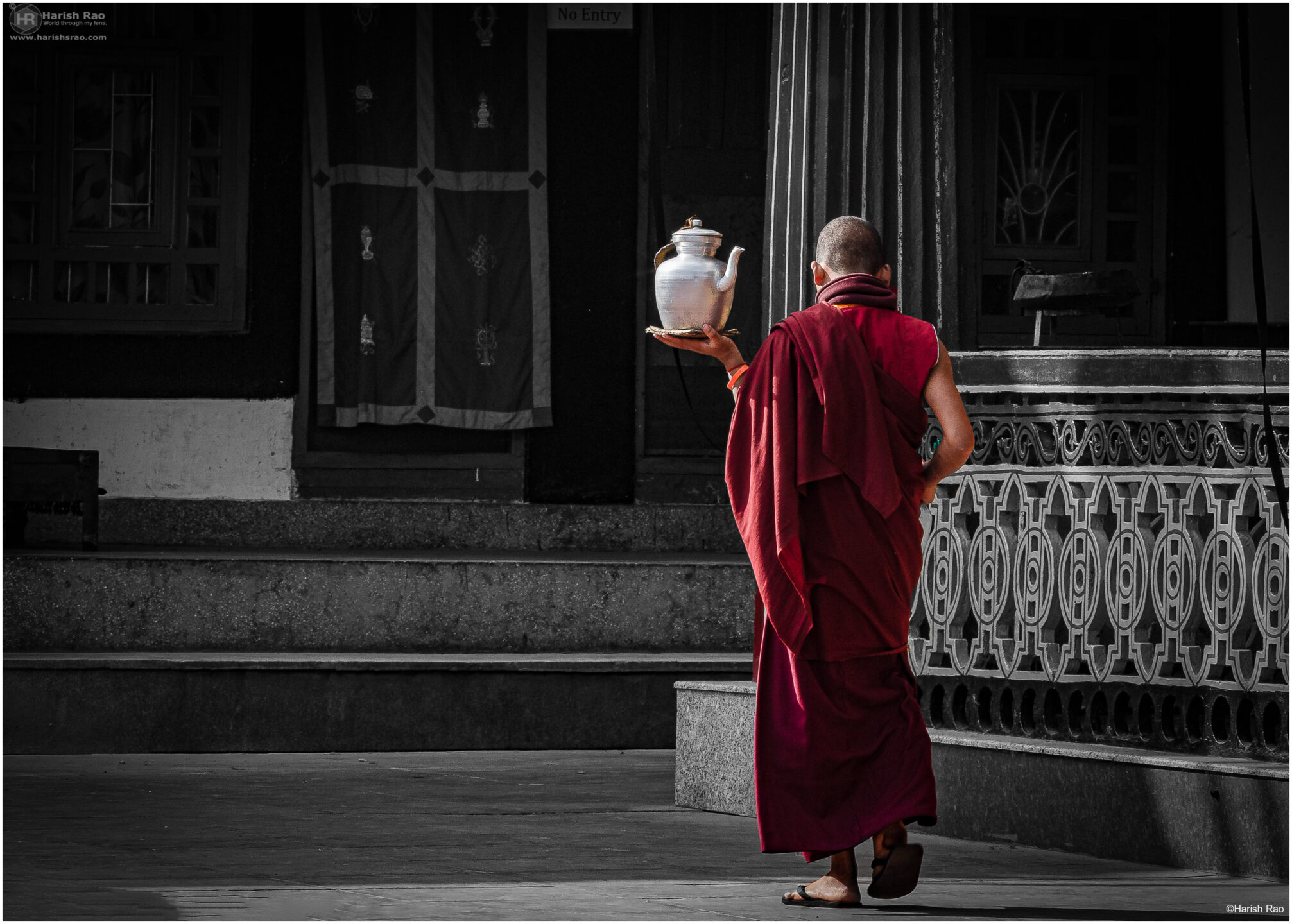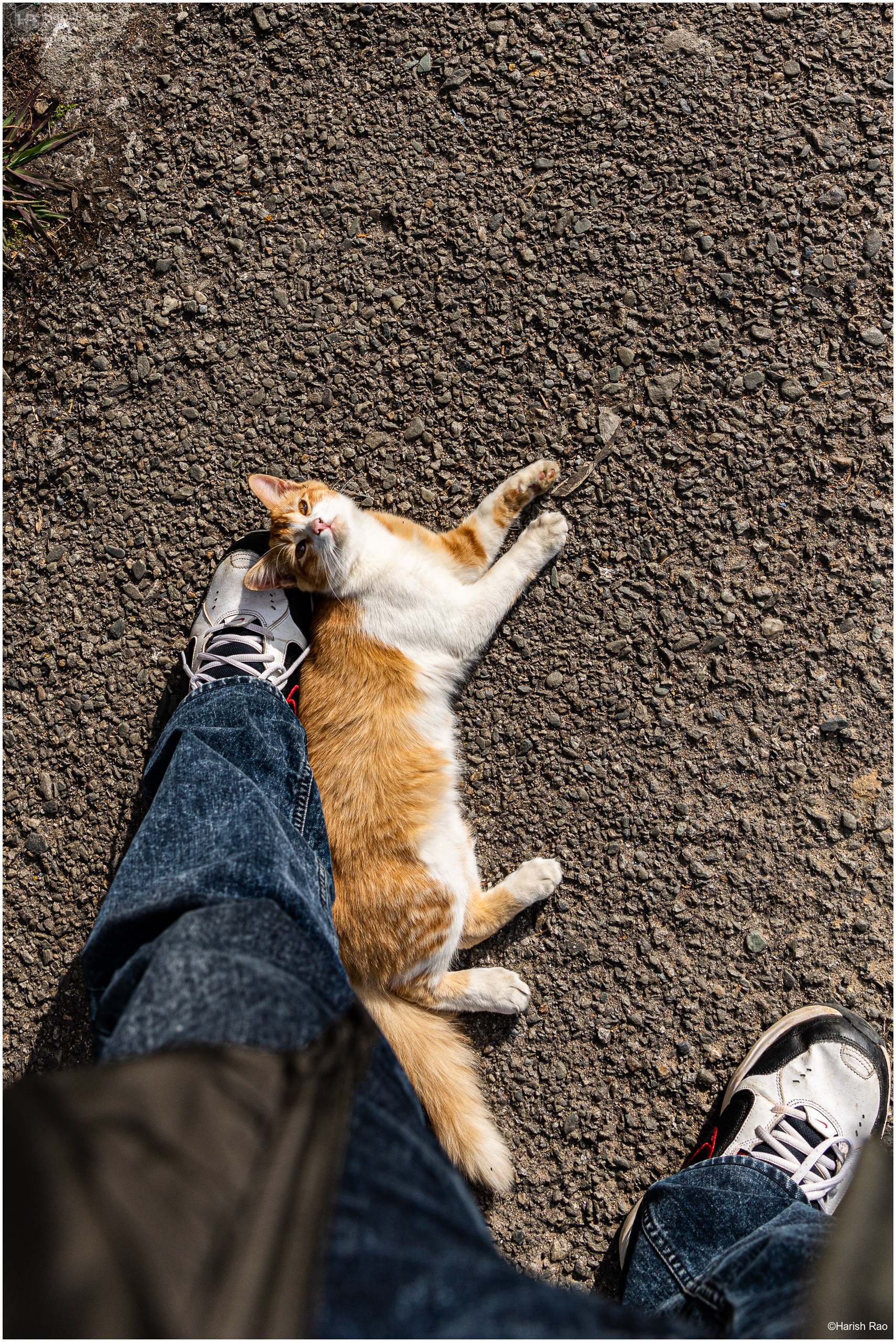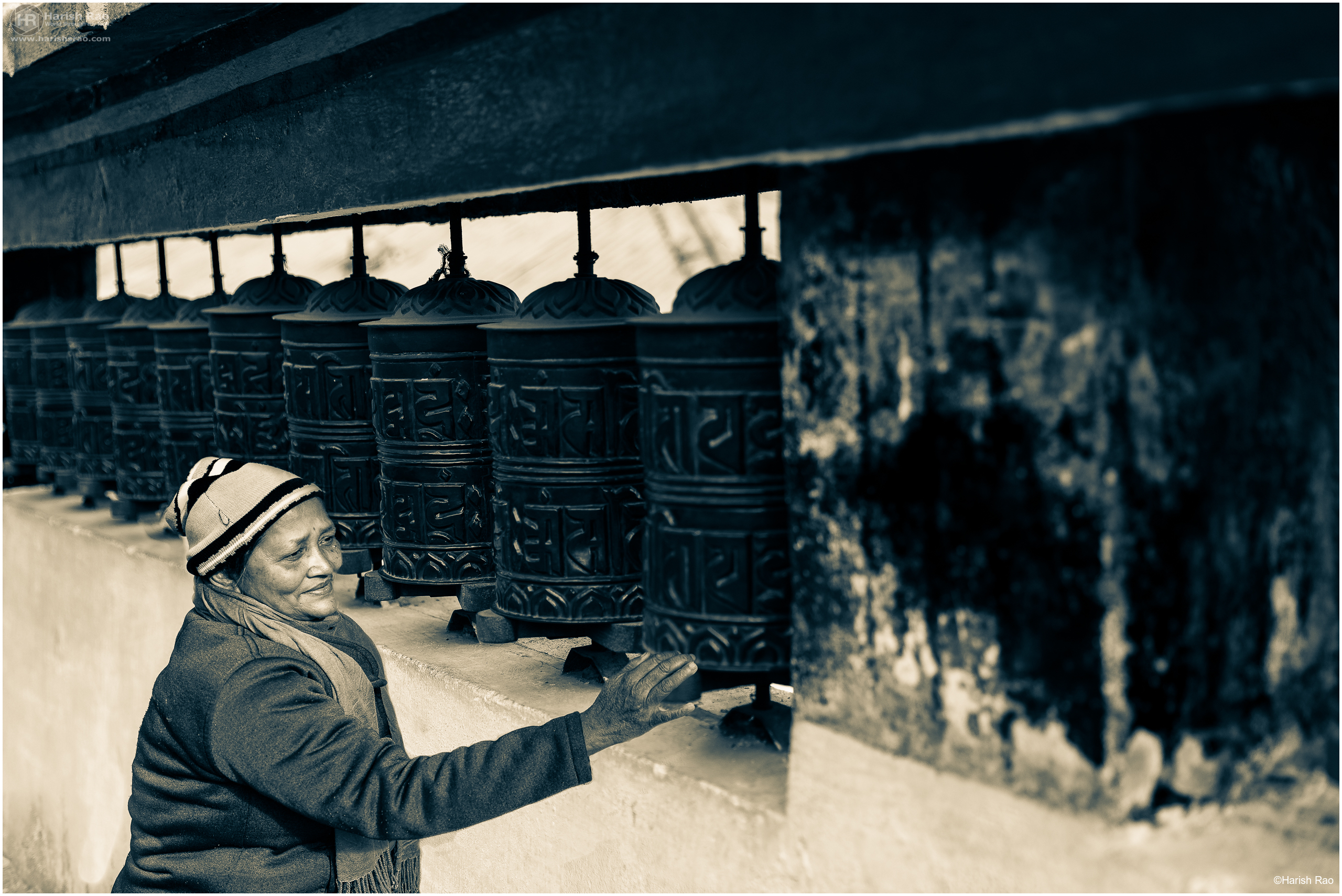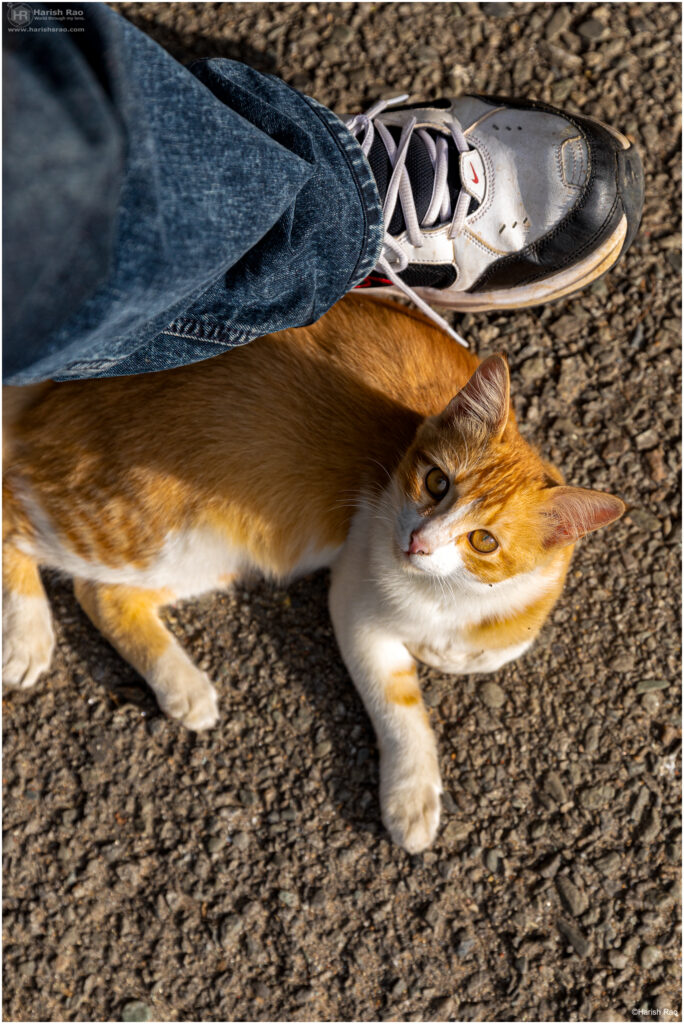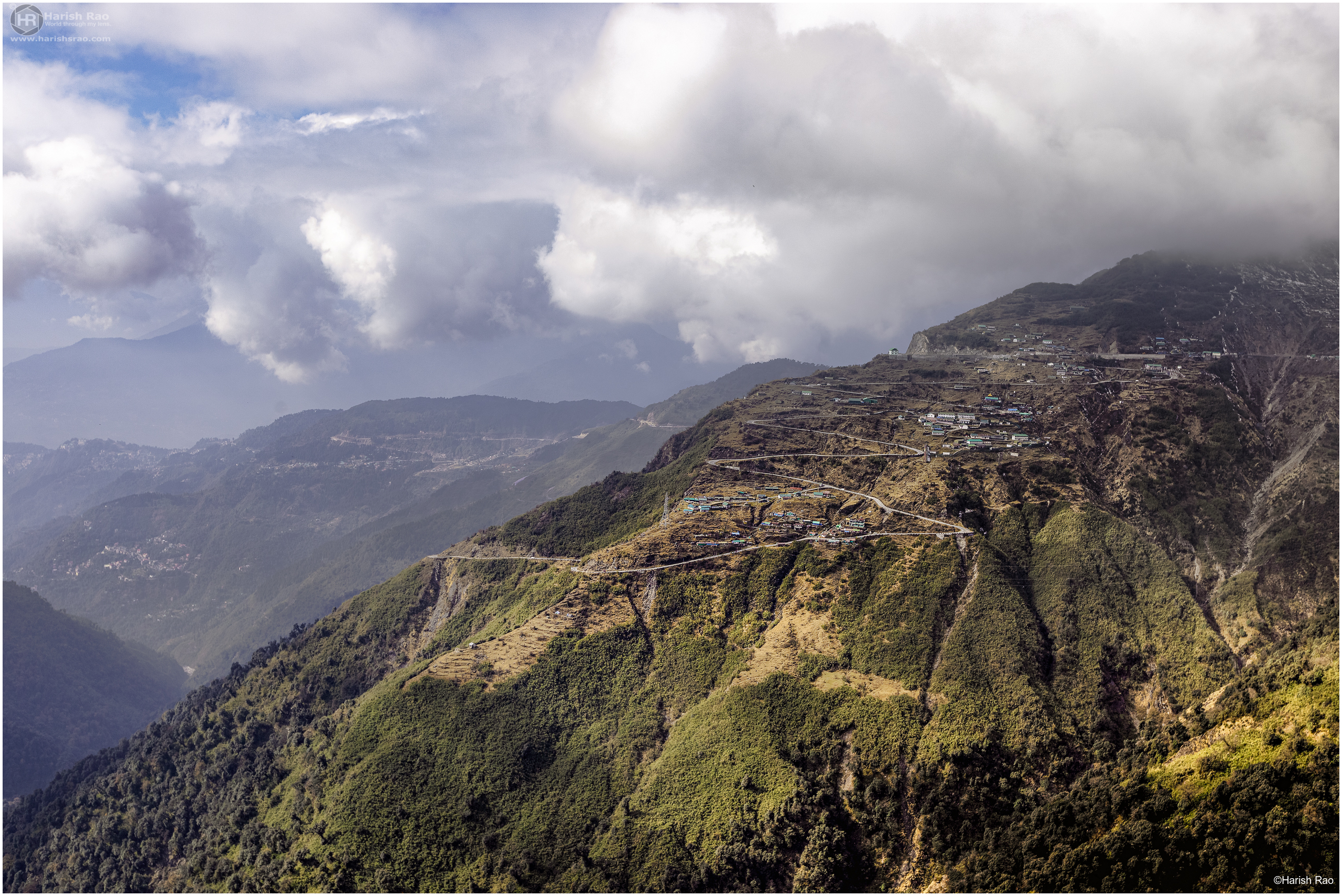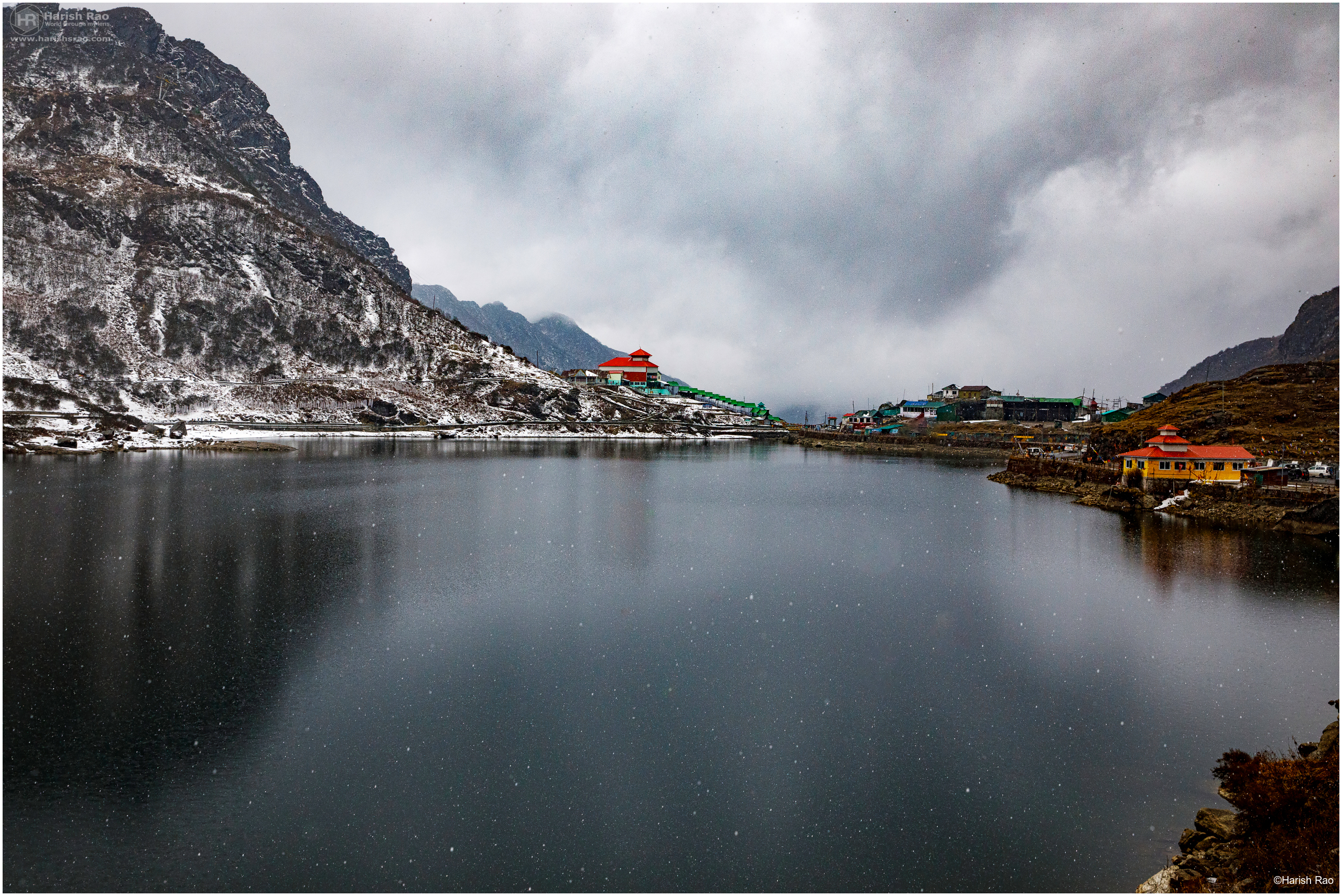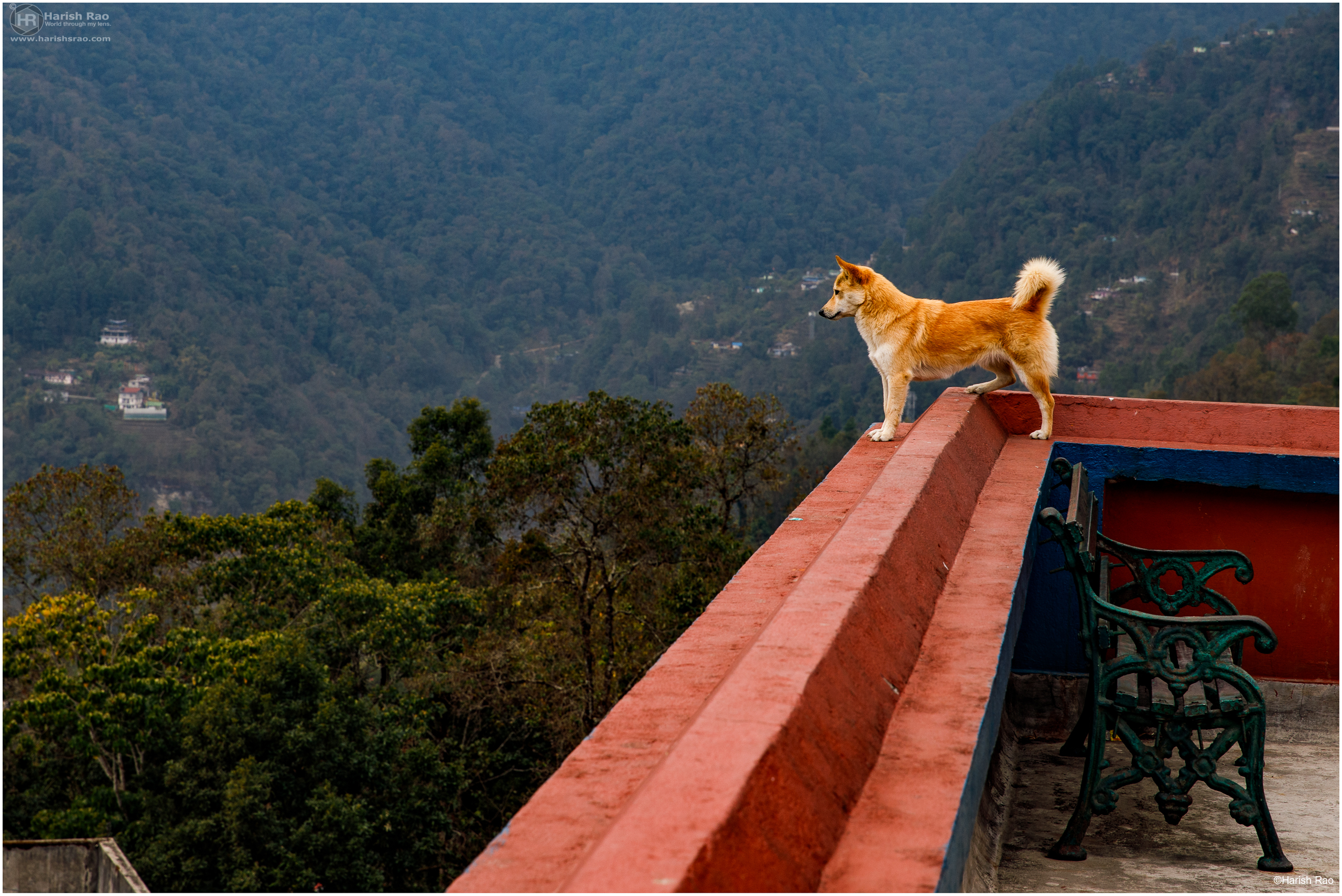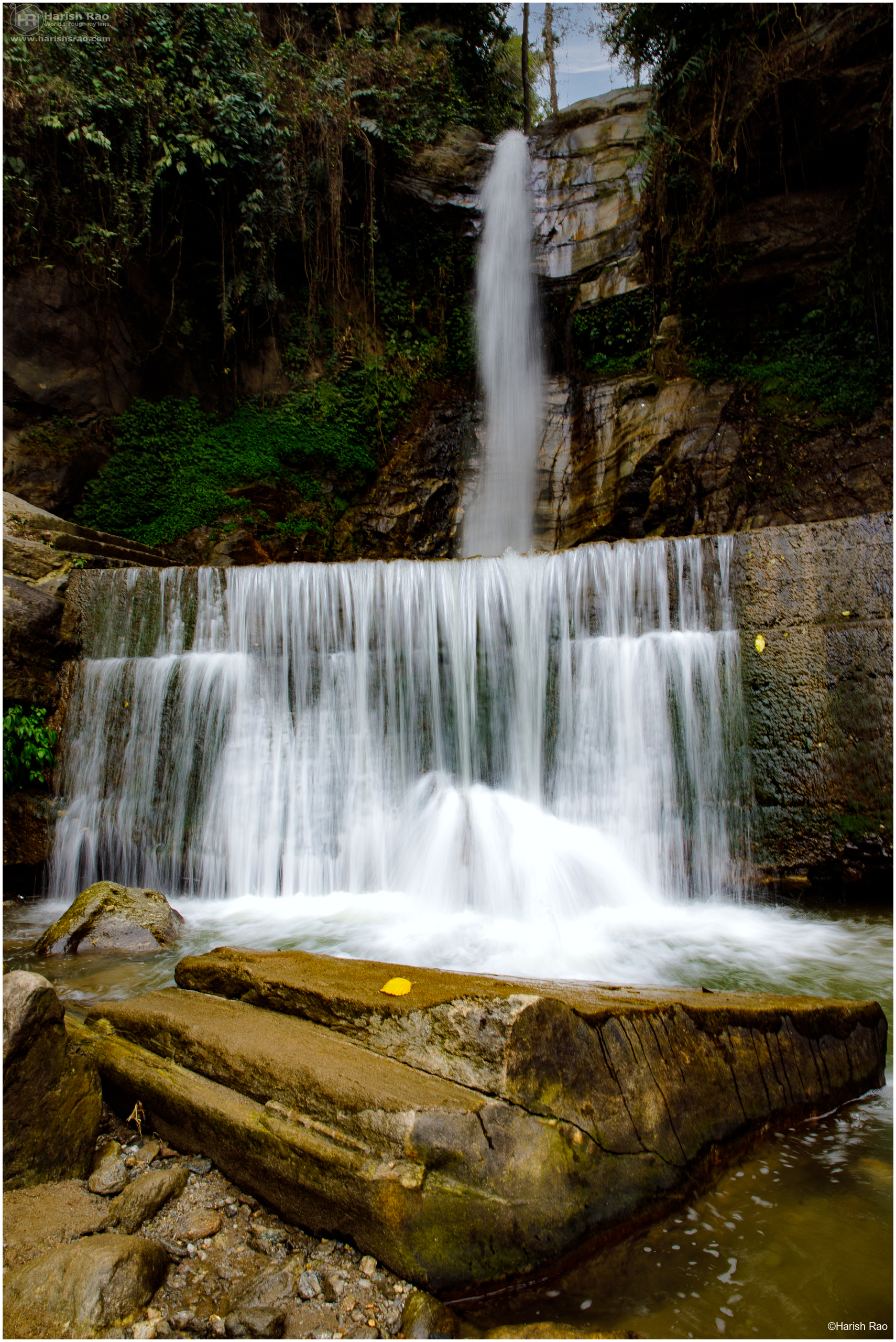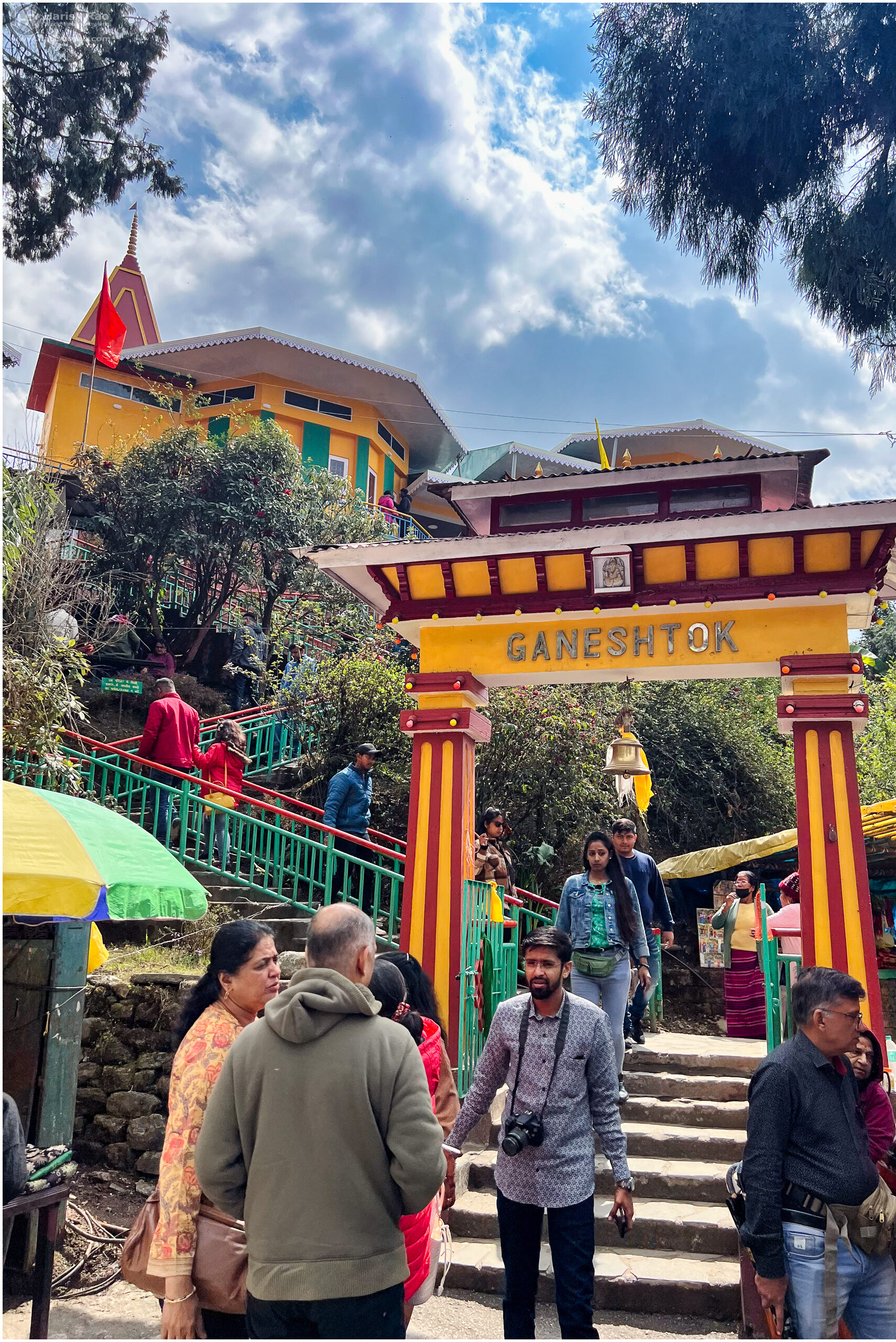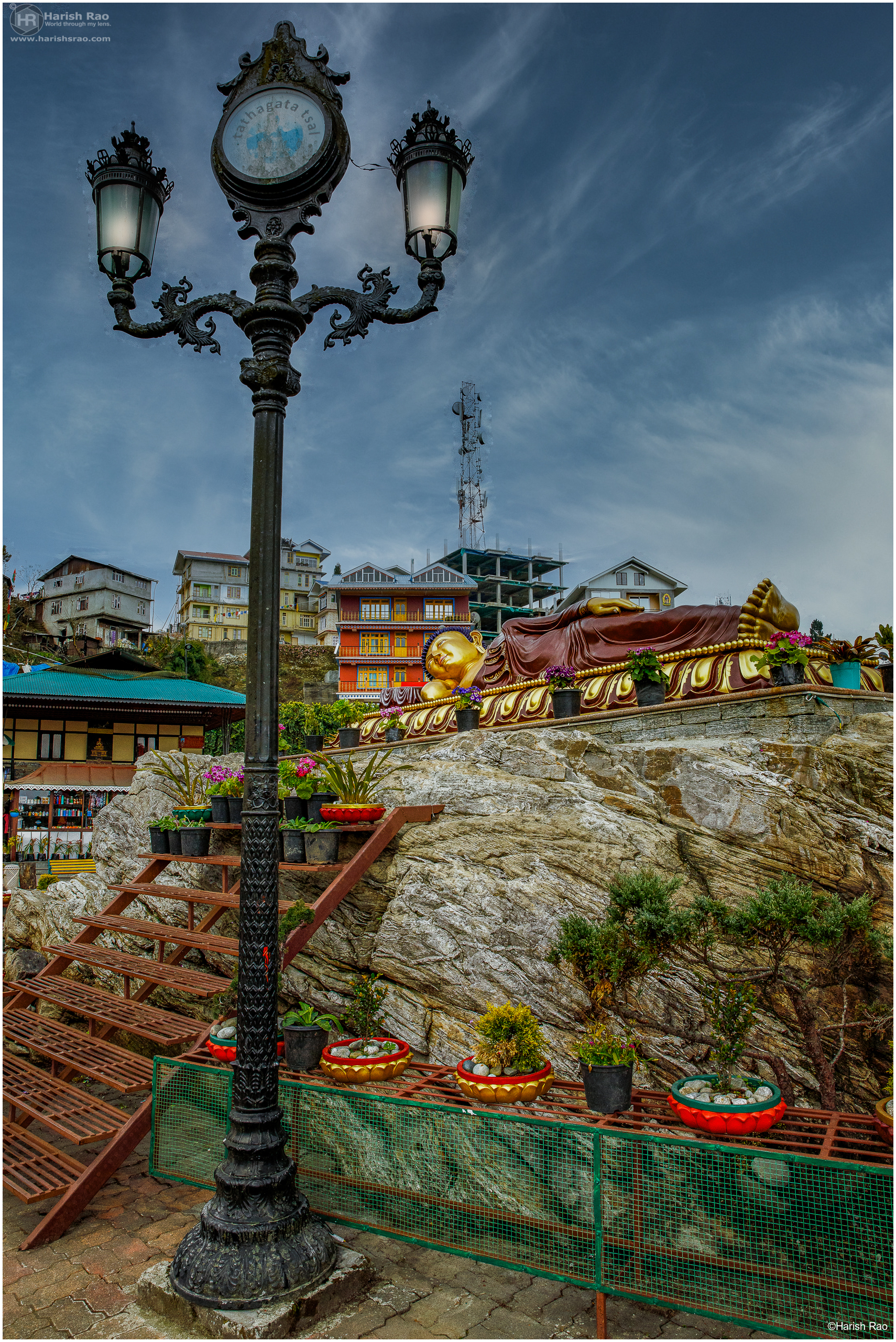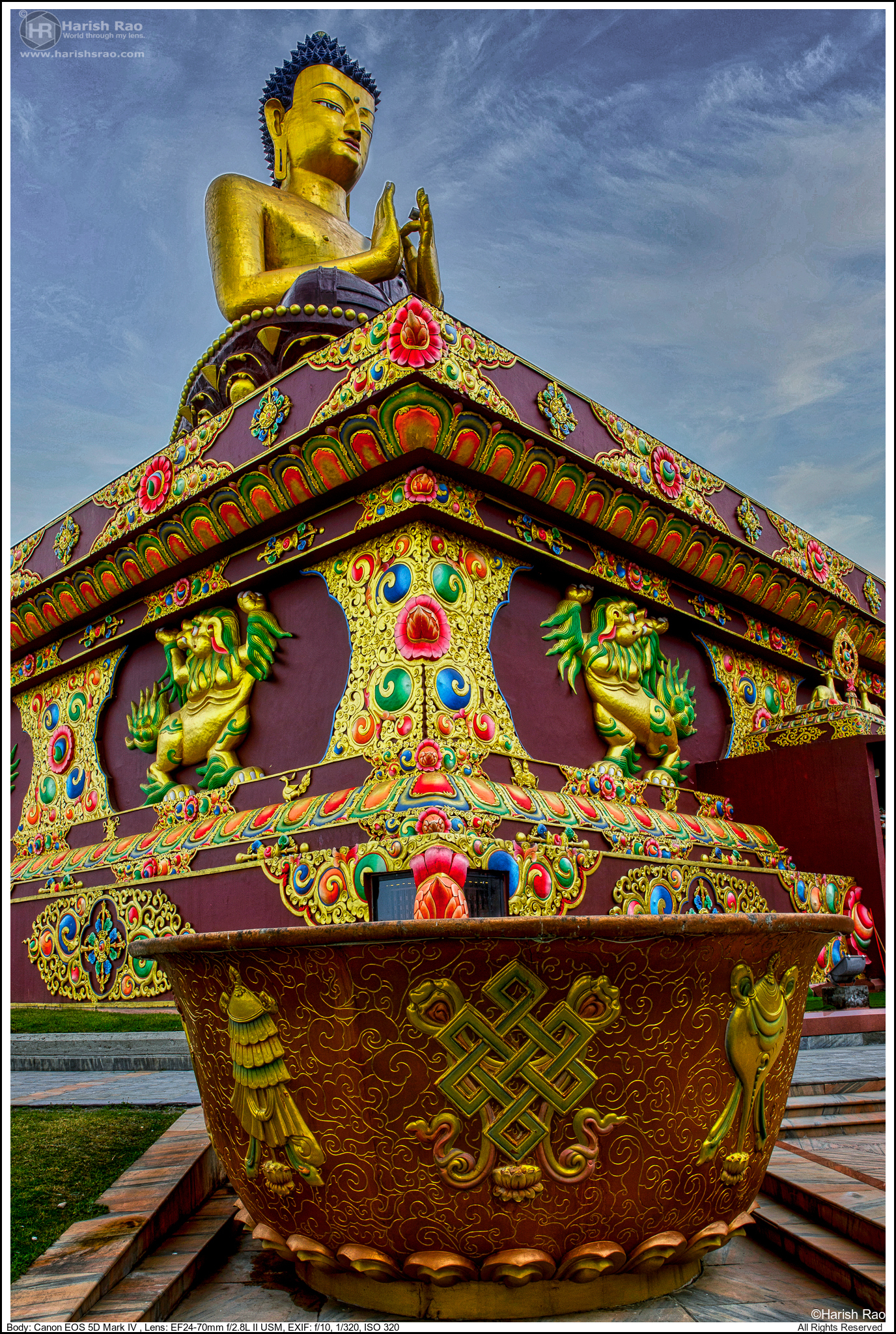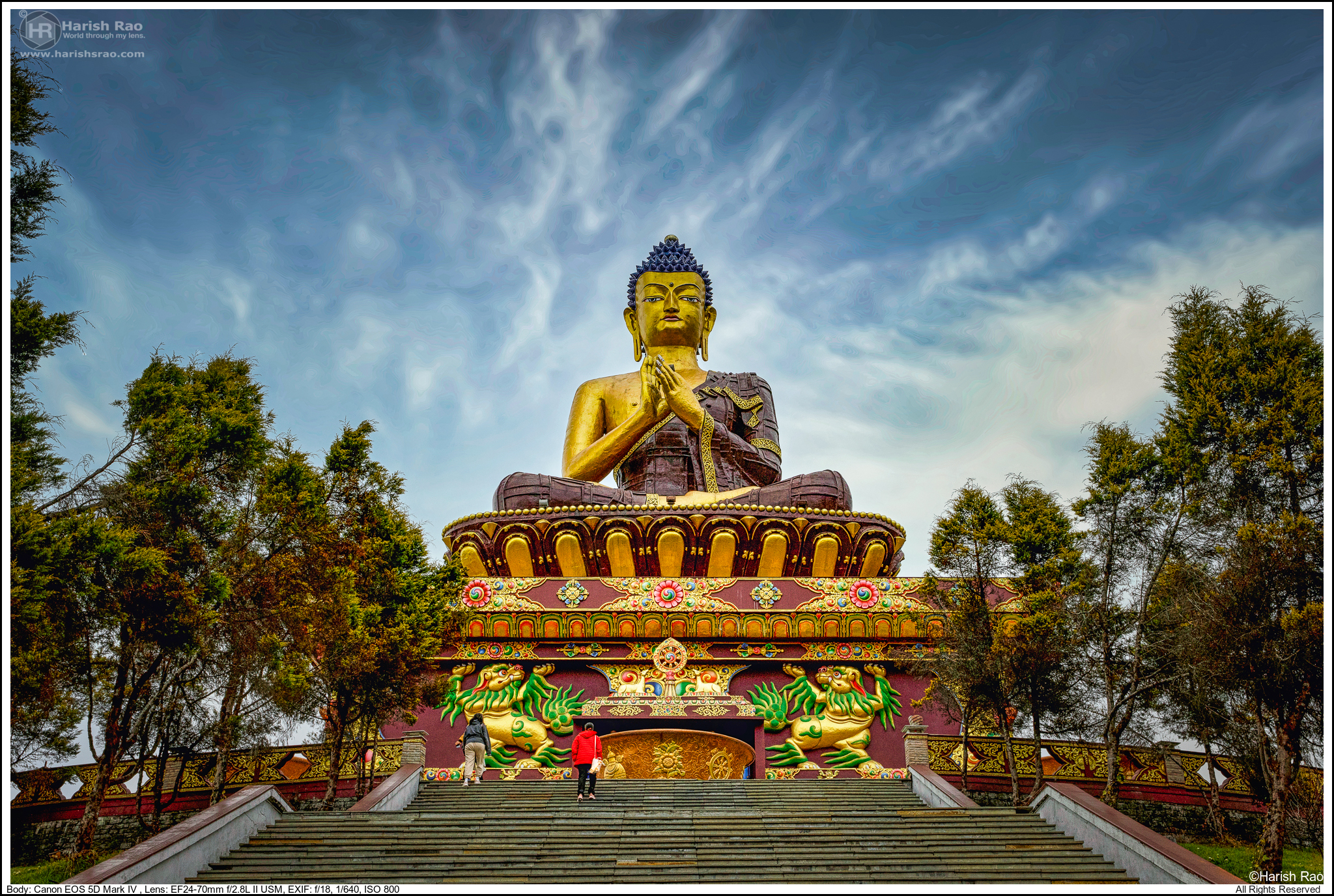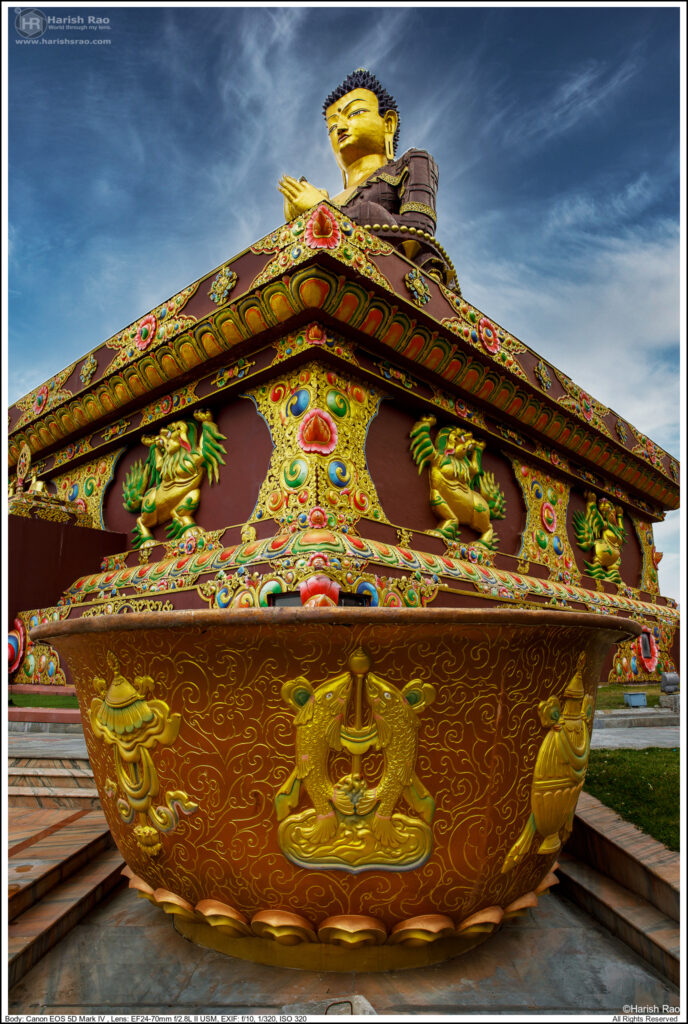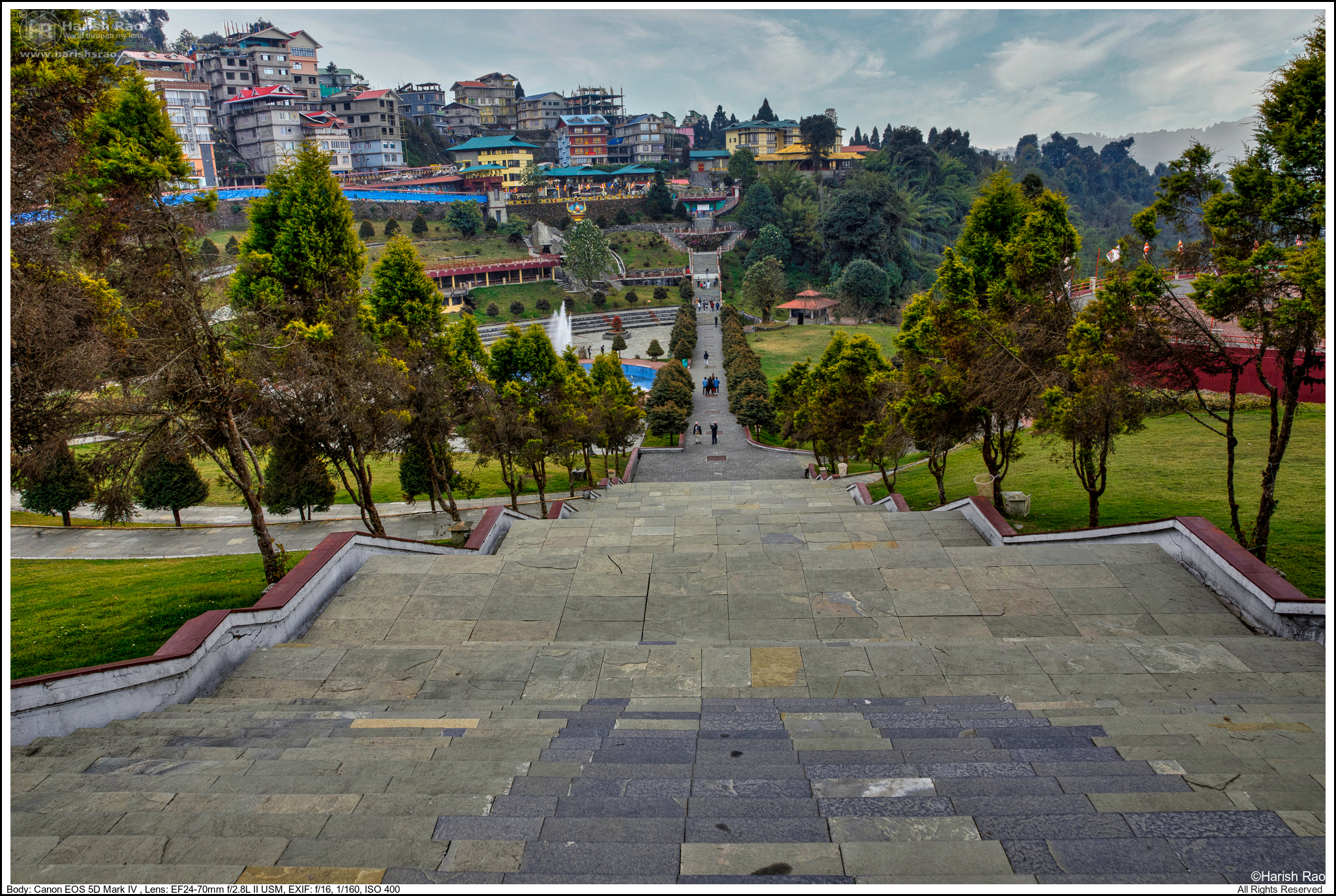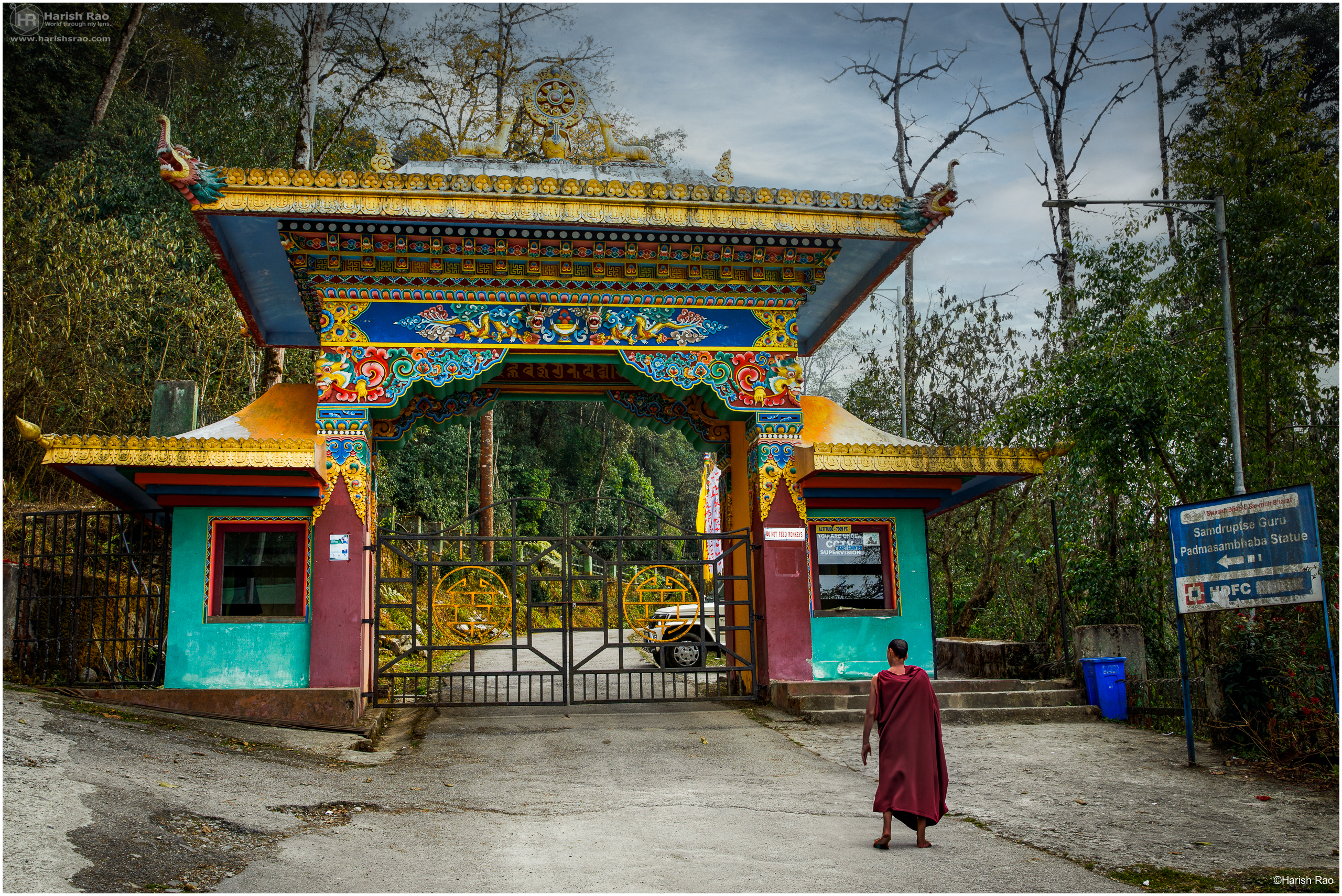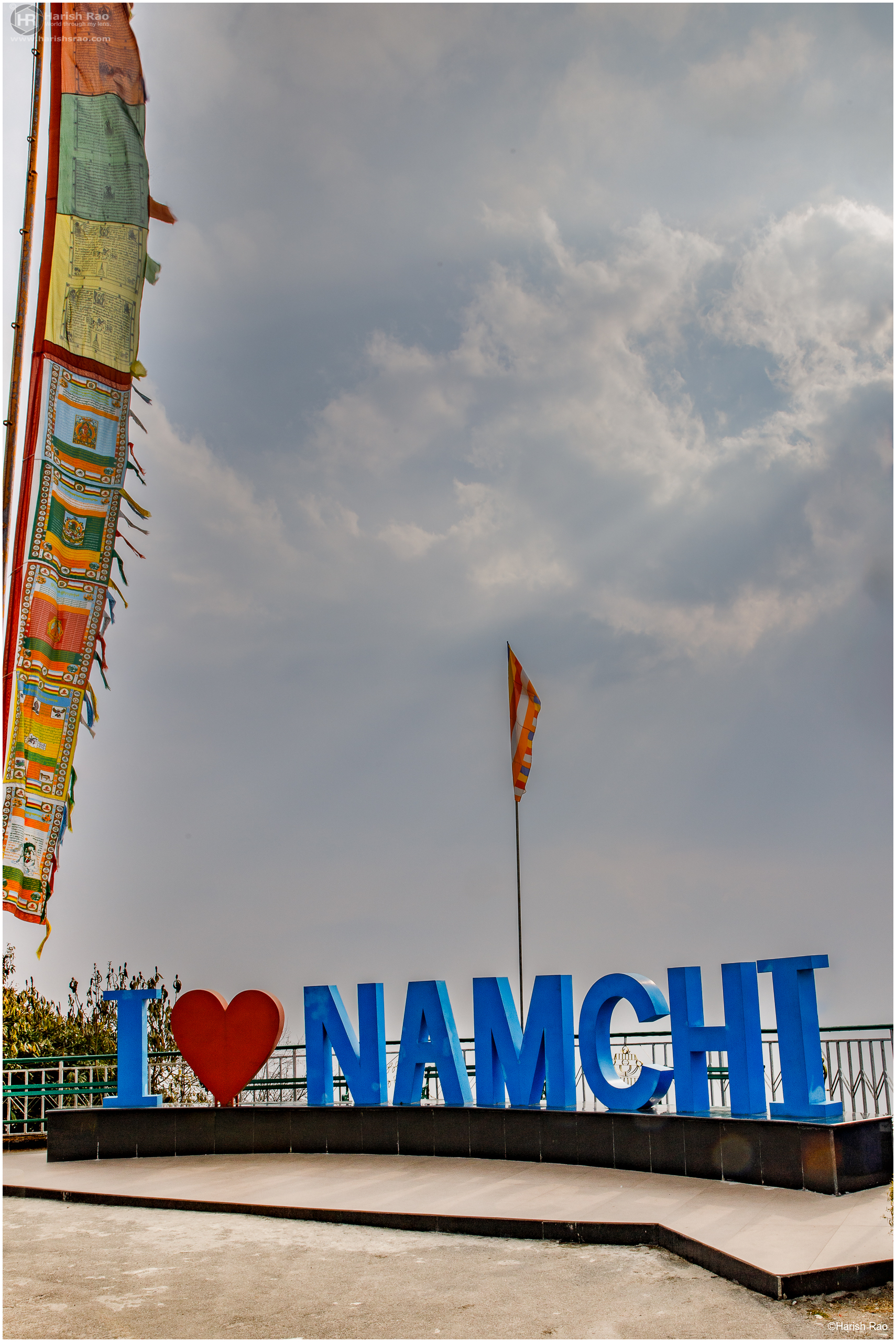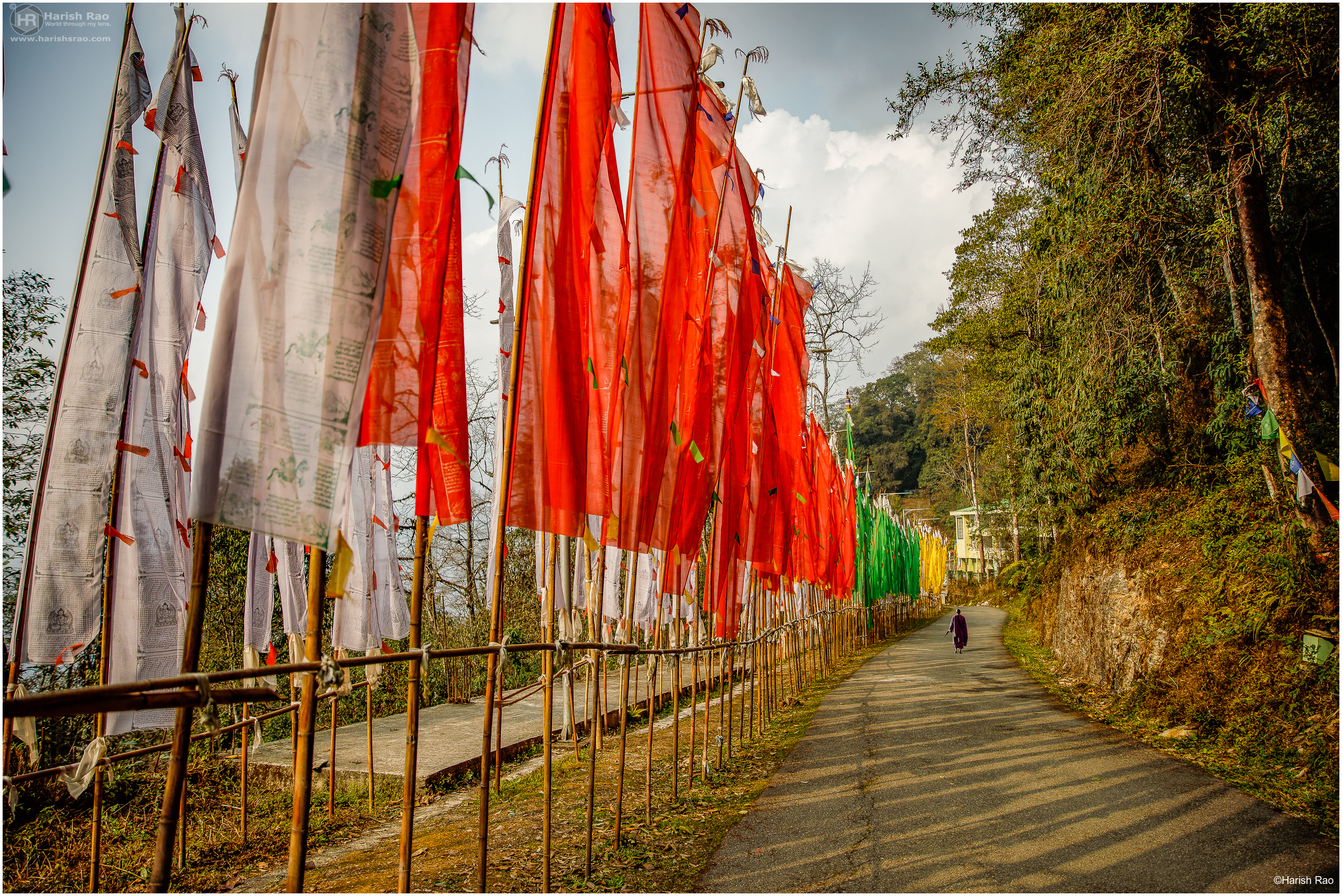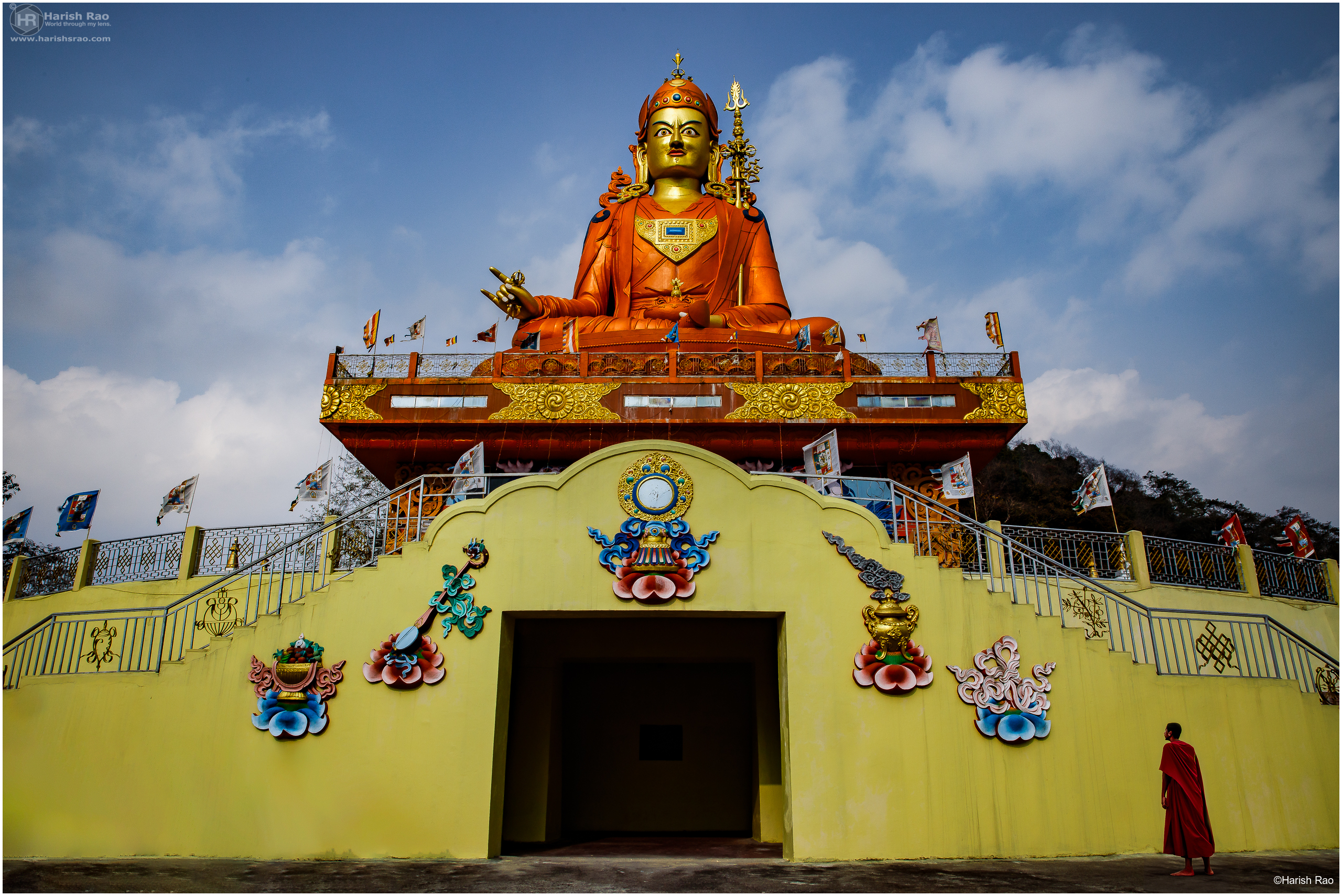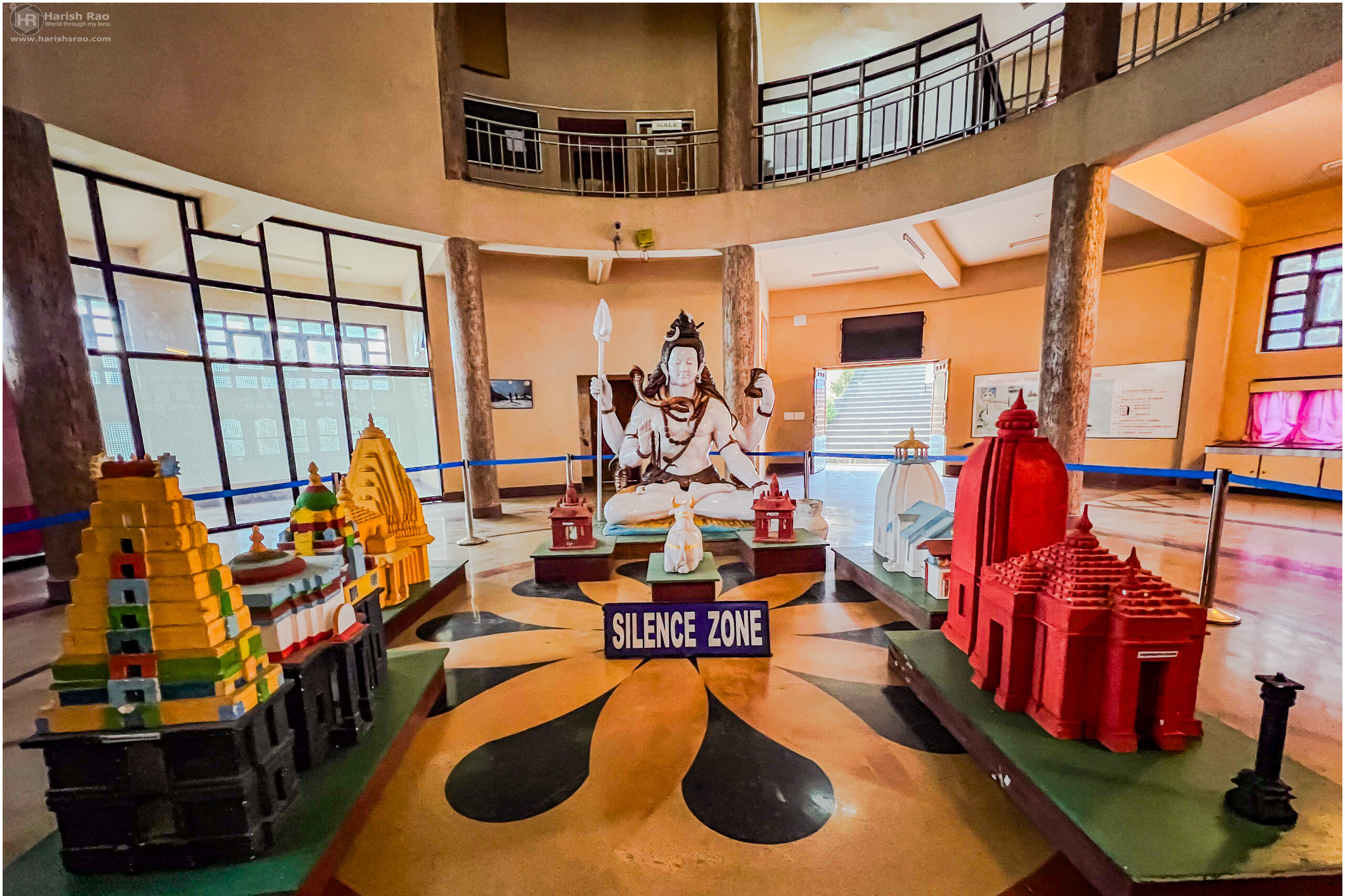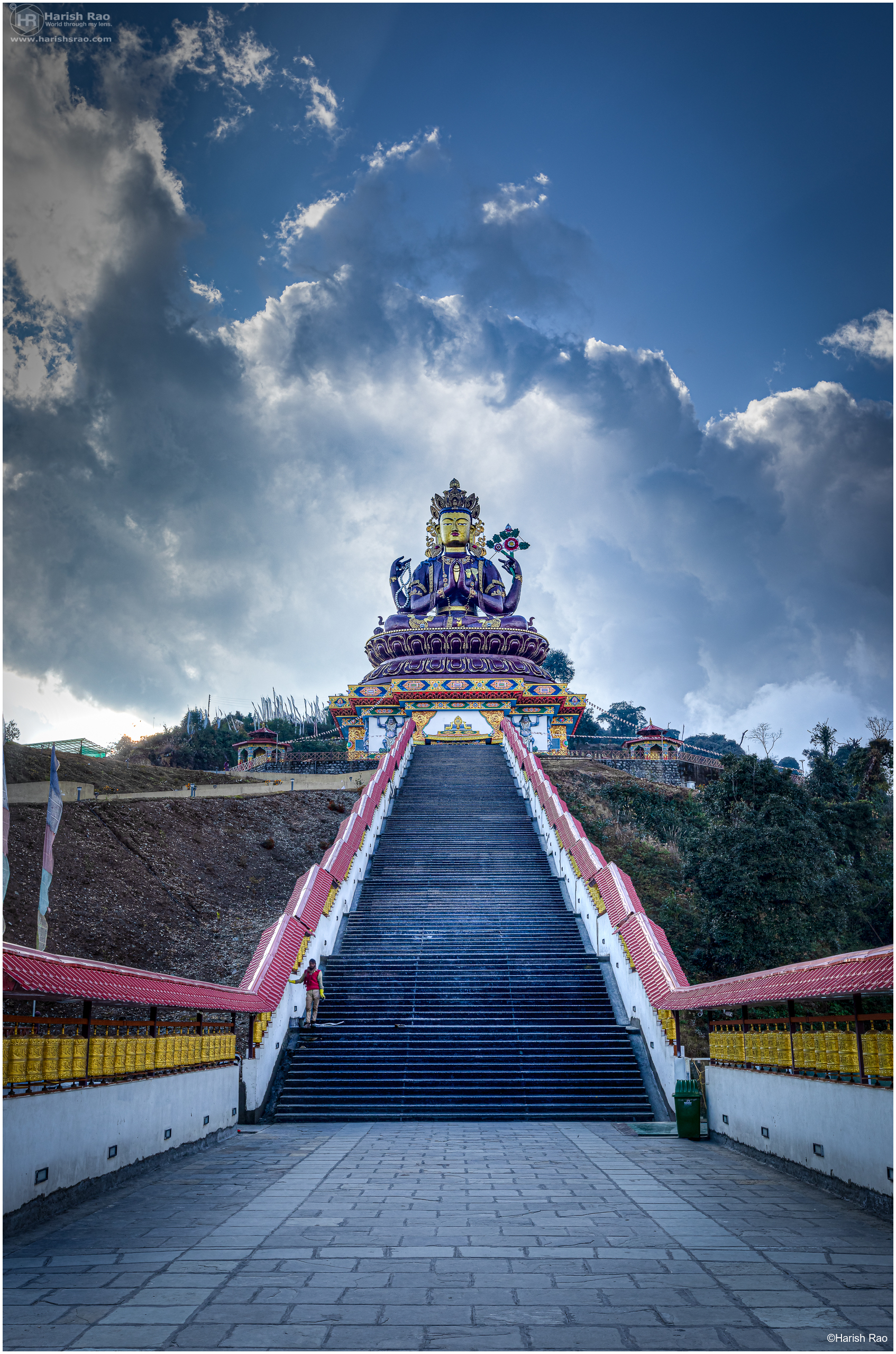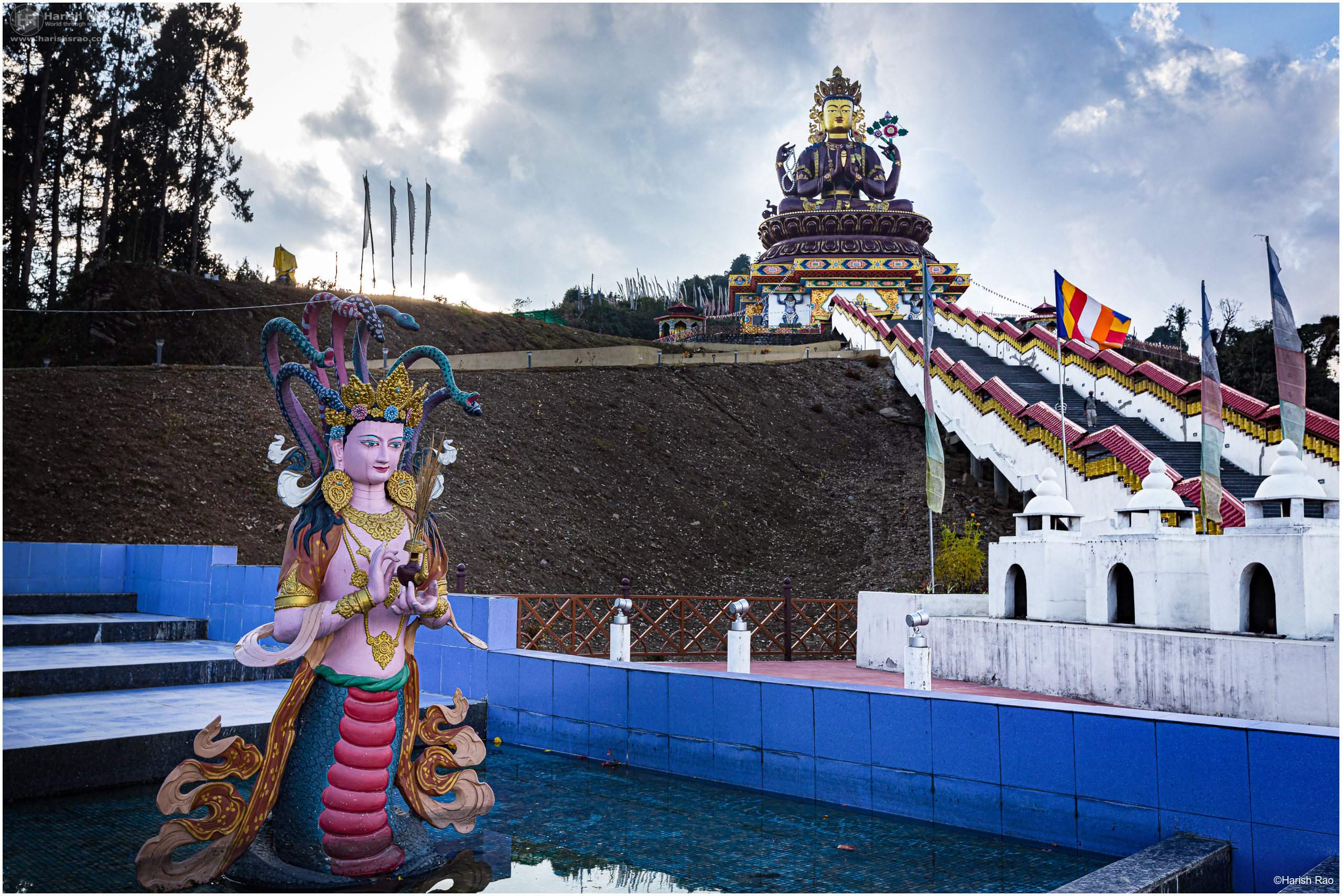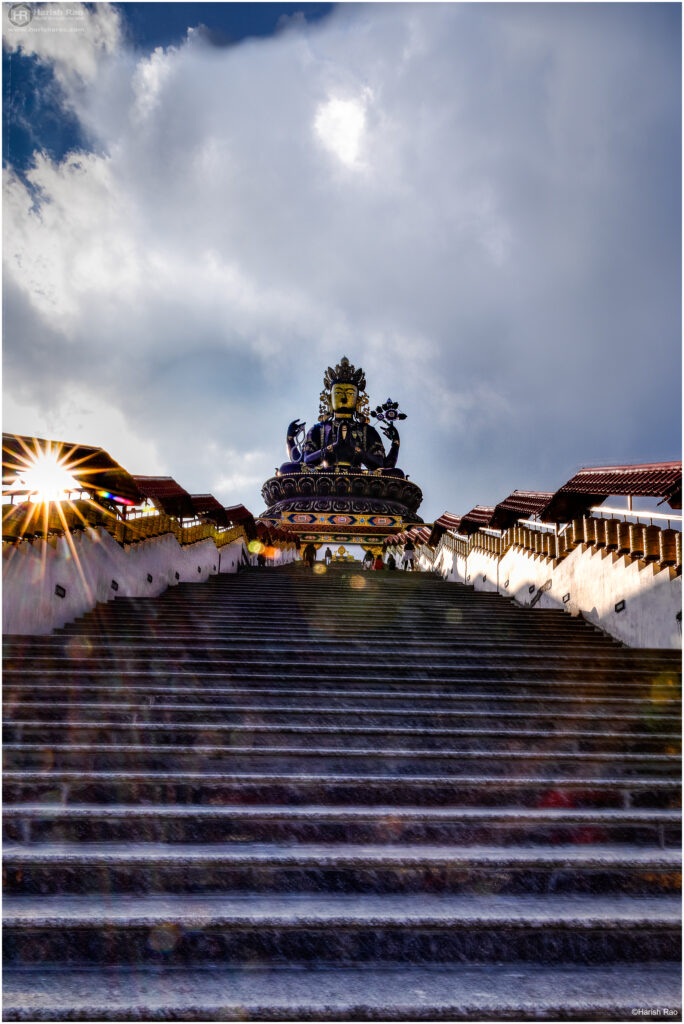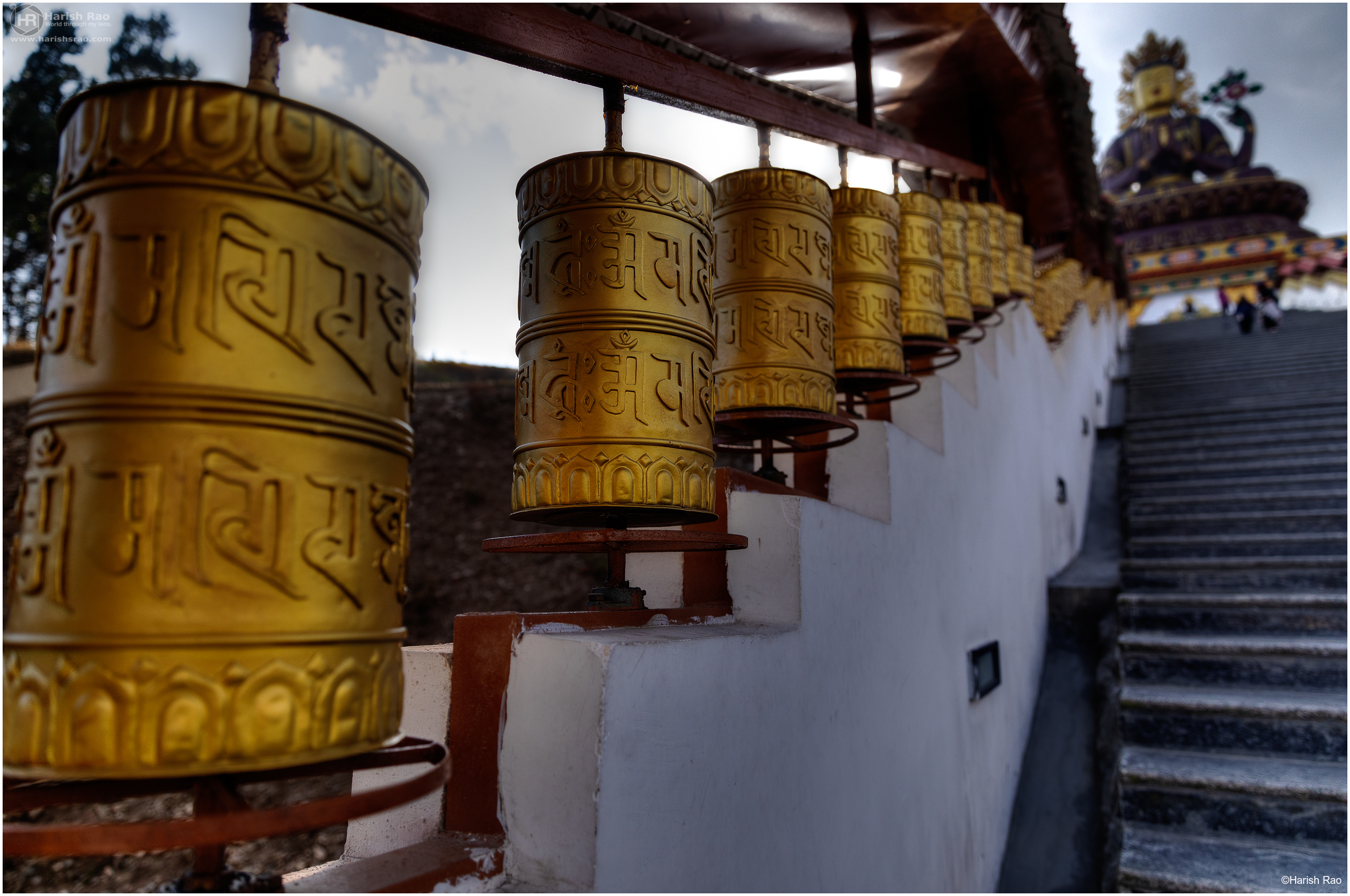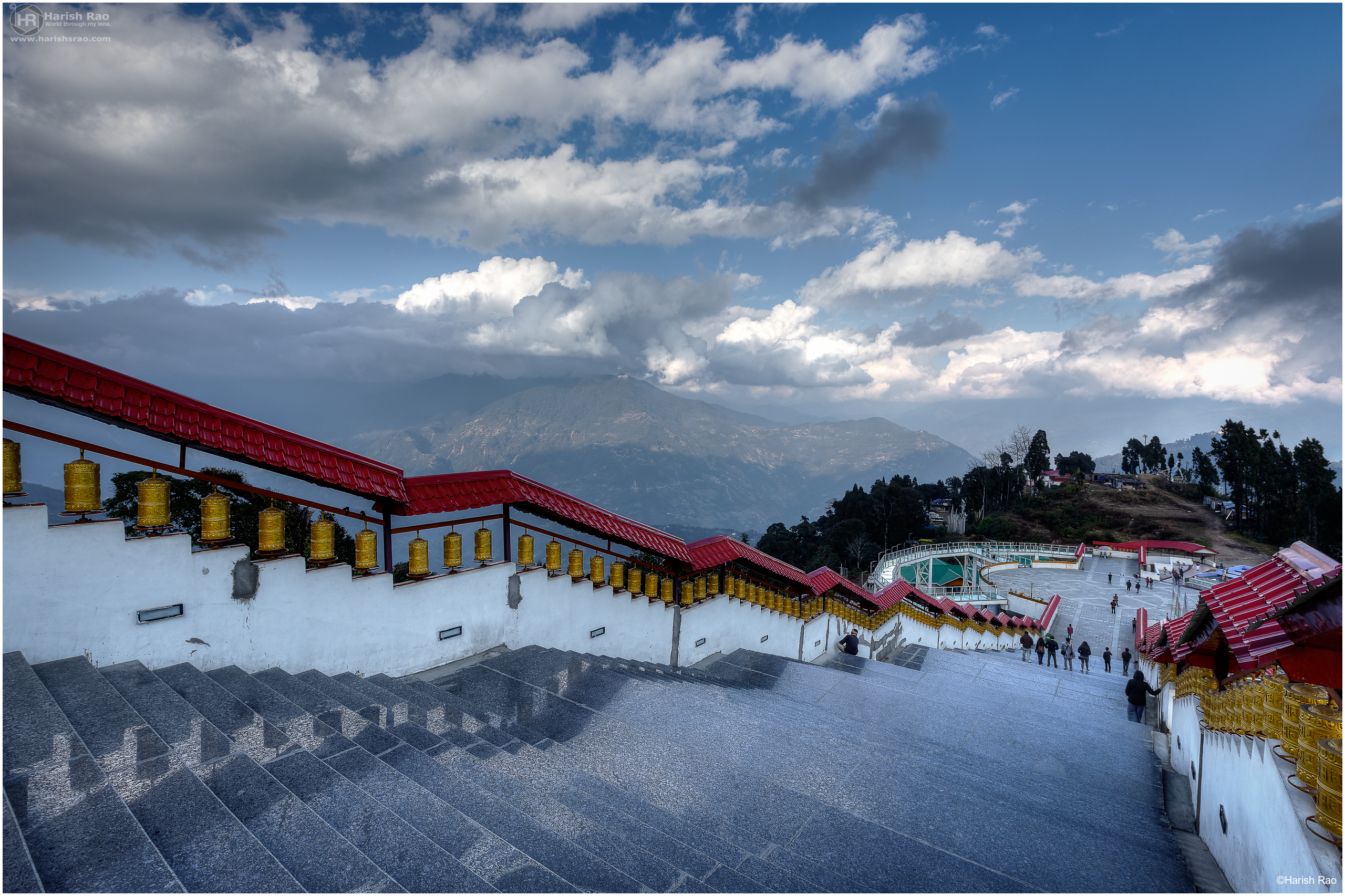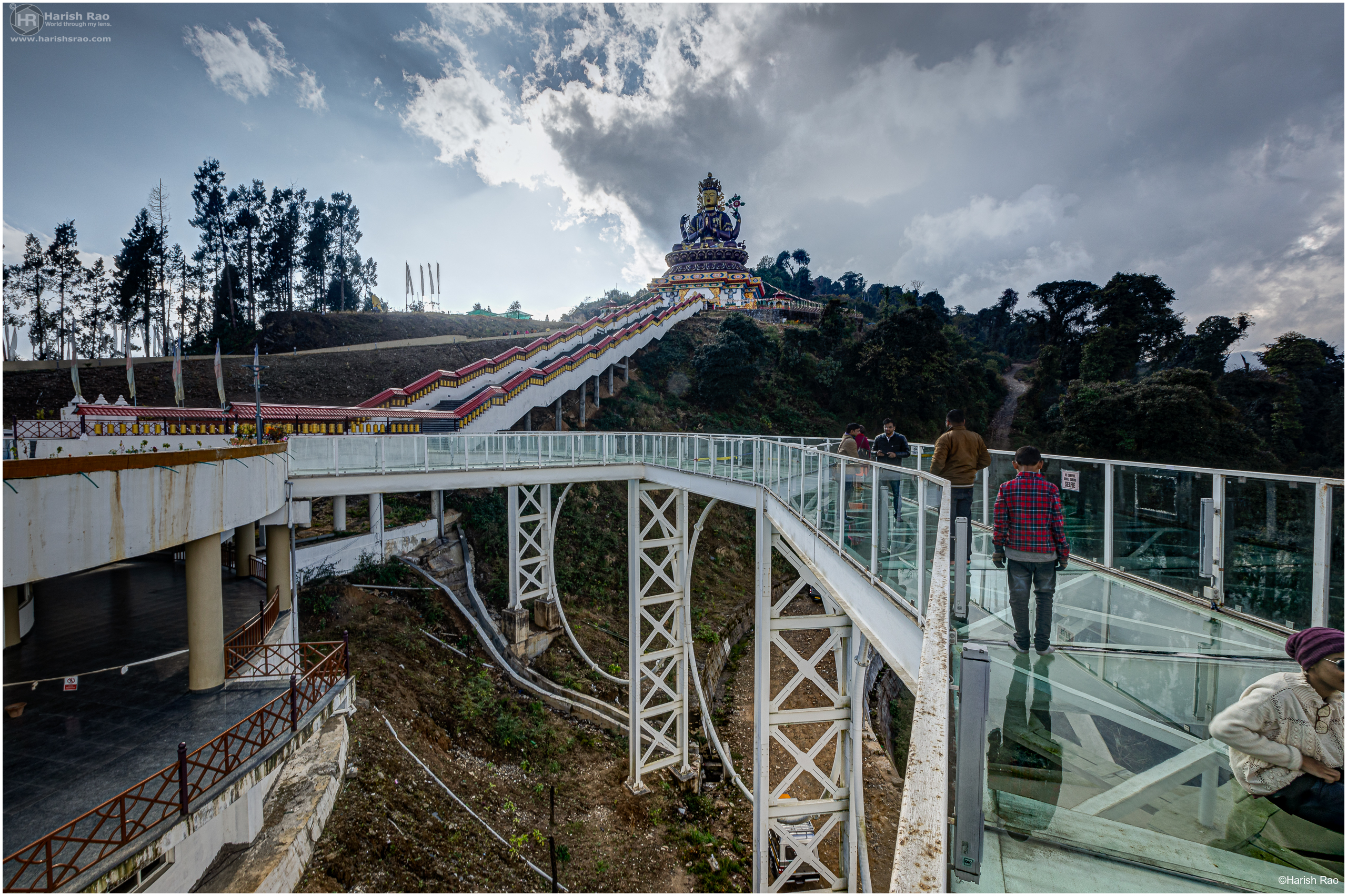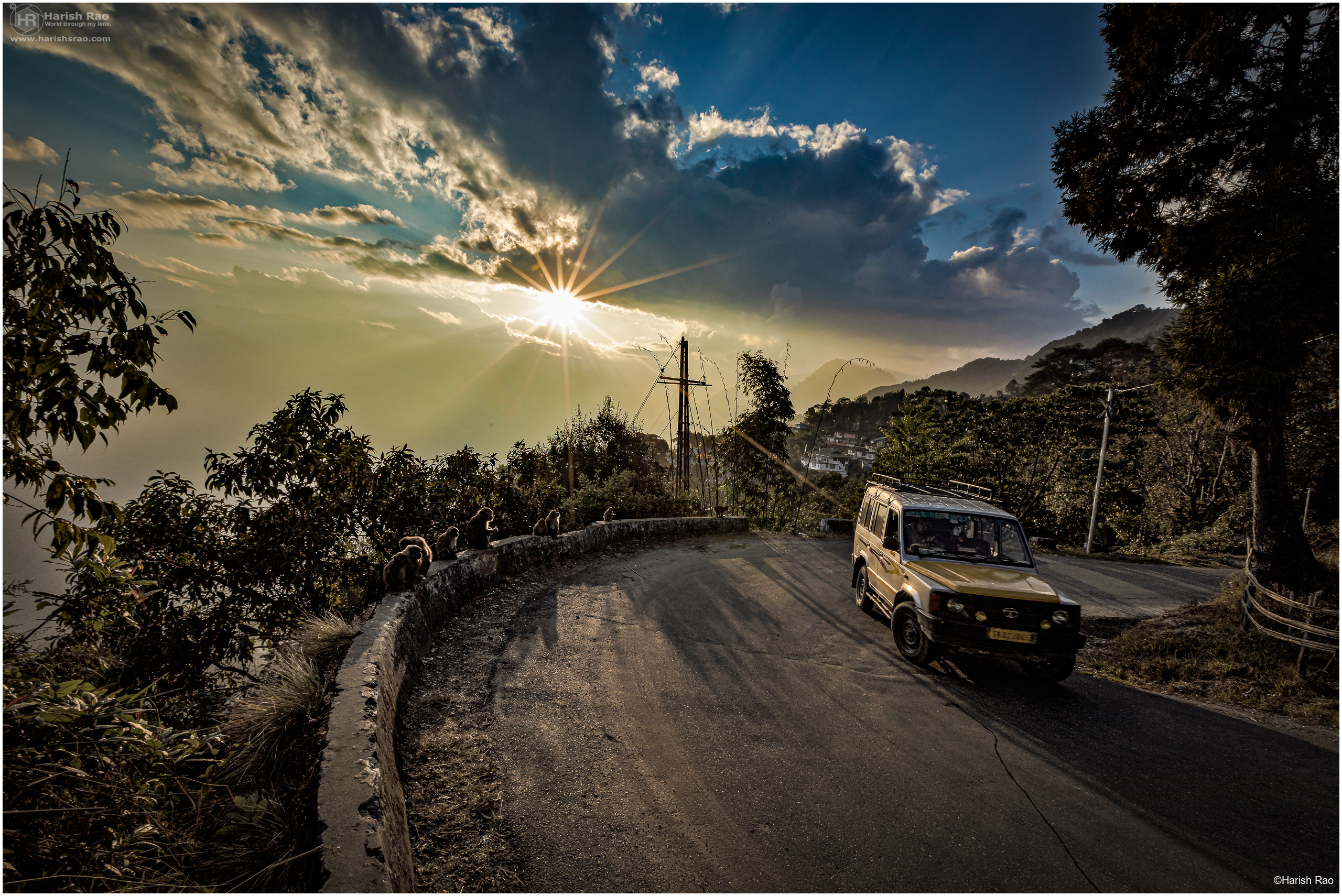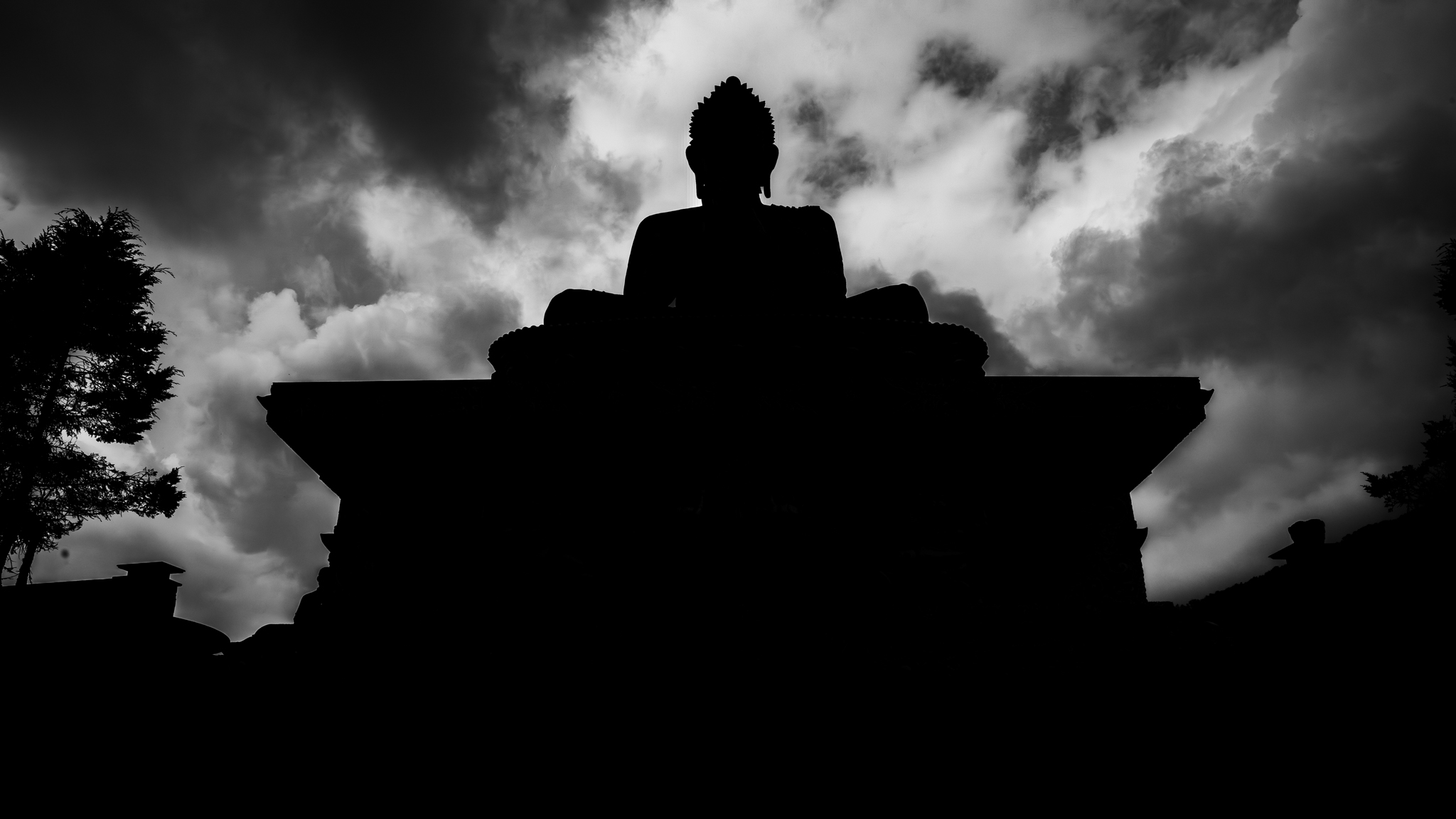
Sikkim: Where nature smiles.
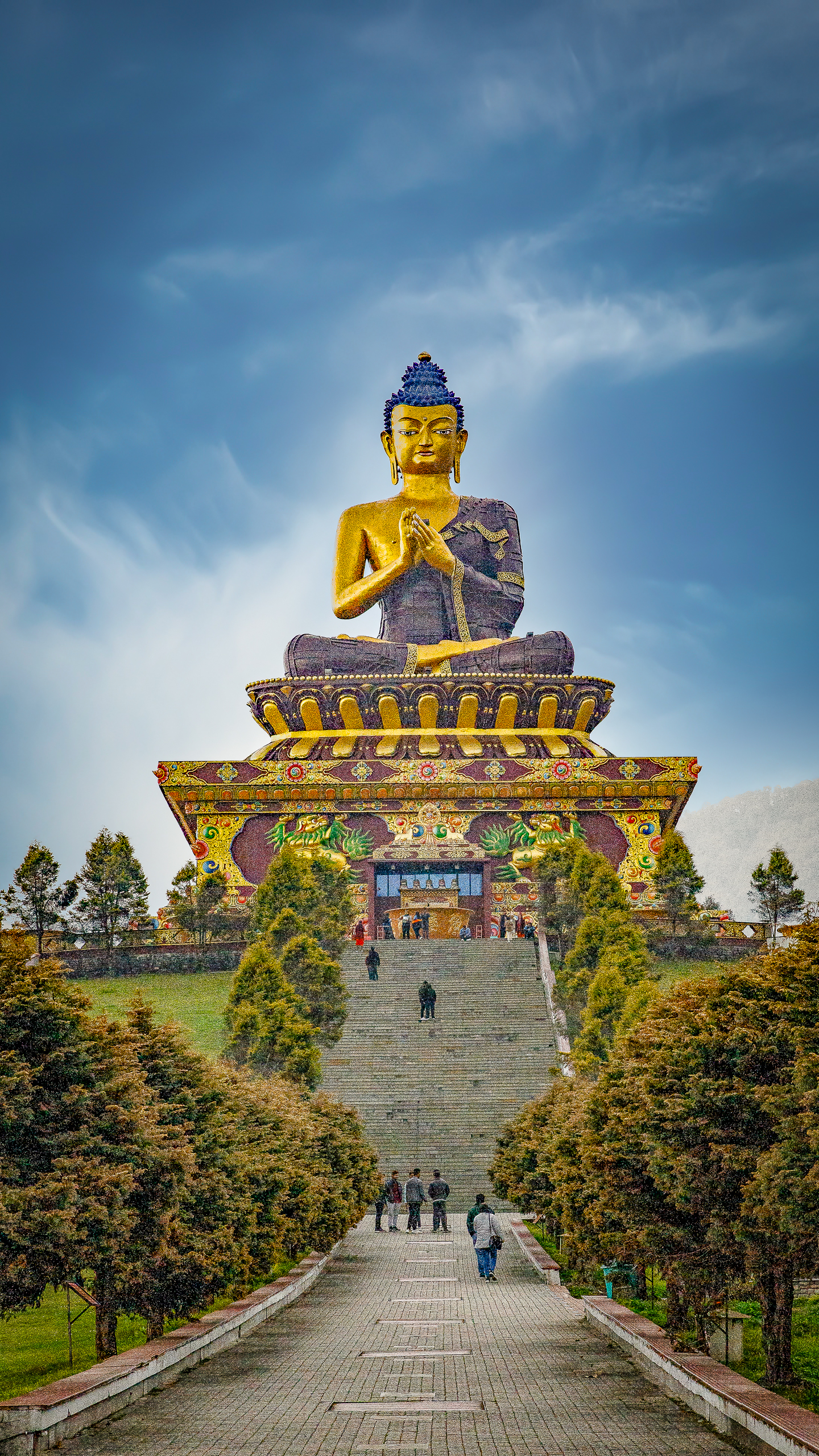
Sikkim: Where nature smiles.
About Sikkim:
Discover the wonders of Sikkim, India with its majestic Himalayan landscape, rich culture, and pristine beauty. Enjoy an awe-inspiring journey through snow-capped peaks, lush valleys, and vibrant forests. Explore this Himalayan gem and feel uplifted by the experience. Check out my photographs from two trips that showcase the beauty of Sikkim. Let my pictures inspire you to visit this fascinating destination!
Reaching Sikkim:
The best way to reach Sikkim quickly is by air, through Pakyong Airport, which is 35 km from the capital city of Gangtok. However, there are currently limited direct flights to this airport, with Bagdogra Airport being the nearest major airport at a distance of 124 km in West Bengal. There are regular flights to Bagdogra from Delhi, Kolkata, Mumbai, and Bangalore. Sikkim does not have a major railway station, with the nearest ones being Jalpaiguri and Siliguri in West Bengal. Road travel in Sikkim is time-consuming, so careful planning is necessary. Visitors can also plan to visit Darjeeling and Kalimpong in West Bengal.
Gangtok, East Sikkim:
Discover the stunning city of Gangtok with its natural beauty and cultural richness. Located in the Himalayas, it’s a traveler’s paradise that’s perfect for adventure. Once a major stopover on the trade route between Lhasa and Kolkata, it became the capital of Sikkim. Summer and spring are the most popular seasons for tourists. Gangtok’s residents are employed in the tourism industry with many having their own hotels and restaurants. Don’t miss the vibrant Mahatma Gandhi Marg and Lal Market which are the most popular business and tourist areas.
MG Road in Gangtok is a bustling shopping hub with shops, restaurants and cafes, and cultural events. It’s a pedestrian-only stretch adorned with decorative lamps and flowers, providing a pleasant atmosphere for leisurely strolls. Shops offer traditional handicrafts, textiles, jewelry, and local artwork while also catering to modern shopping needs. Visitors can enjoy both local and international cuisine served in a wide range of eateries and cafes, as well as quick bites from food carts. MG Road also hosts cultural events and performances during festivals or special occasions, adding to the festive spirit of Gangtok. Overall, MG Road is a lively and vibrant destination that offers a delightful shopping, dining, and cultural experience to both locals and tourists.
Ropeway, Gangtok:
The Deorali Ropeway, aka the Gangtok Ropeway, offers stunning panoramic views of Gangtok. It has two cables and takes 15-20 mins to traverse 2 km. The views of the Kanchenjunga peaks are worth the wait. You can visit the bustling Deorali Market for handicrafts and delicious street food near the starting point. The final station, Tashiling, offers a tranquil escape amidst lush greenery. Don’t miss this opportunity!
Rumtek Monastery, Gangtok:
Rumtek Monastery, located in Gangtok, Sikkim, is a must-visit destination for travellers seeking spiritual and cultural experiences. The monastery’s rich history and intricate architecture stand as a testament to the enduring spirit of Tibetan Buddhism. Every intricate detail, from the vibrant murals to the golden statues, invites you to explore the depths of spirituality and embark on a journey of self-discovery.
Rumtek Monastery is a crucial center of Tibetan Buddhism outside Tibet and is the seat of the Kagyu sect. The monastery, built in the 16th century, is sacred to Buddhism followers. The monastery’s architecture is a wonderful blend of traditional Tibetan and modern design. The stunning gold roofs, elaborate murals, and statues create a serene ambiance, and the enchanting atmosphere includes the soothing chants and fluttering prayer flags. The Monastery is positioned around 24 kilometers from Gangtok; taxis and private vehicles are available for transport, taking roughly an hour.
Visit Rumtek Monastery to witness daily rituals, explore the complex with its various buildings and museum, and experience festival celebrations like Losar and Kagyu Monlam Chenmo. Participate in meditation classes if available.
A prayer wheel is a cylindrical device inscribed or filled with prayers or mantras, often written in Tibetan script. When spun, the prayers or mantras are released into the environment, spreading positive energy and blessings. Each rotation is considered equivalent to reciting the prayers or mantras multiple times, amplifying their spiritual impact. Visitors to Buddhist monasteries are often encouraged to spin the prayer wheels as an act of reverence and participation in the spiritual traditions. Next time you encounter a prayer wheel, take a moment to embrace the sacredness of the object and gently spin it with reverence. May the spinning of the prayer wheel bring you blessings and deepen your connection with spirituality.
Nathula Pass, Gangtok:
Nathula Pass is a high mountain pass on the Indo-Chinese border, linking India and China. At 14,140 feet, it is among the highest passes accessible to tourists by road. The Old Silk Route once ran through it, connecting Tibet and India. The Nathula Pass is marked by entrance gates of both countries and military bunkers. On the Indian side, you will find fortified military bunkers, a war memorial, an army exhibition centre, and a canteen serving hot tea and snacks to tourists.
Experience the stunning Gangtok-Nathula Highway, with its breathtaking scenery and stunning Tsomgo Lake. Don’t miss the new Baba Harbhajan Mandir on the way. To visit Nathula, domestic tourists need special permits, which can be arranged by cab operators with advance notice.
Ranka Monastery, Gangtok:
Ranka Monastery, also known as Lingdum Monastery, is a Buddhist monastery situated just a short distance from Gangtok, making it easily accessible for visitors. When you visit Ranka Monastery, you’ll be captivated by its charming architecture and stunning surroundings. The monastery showcases a blend of traditional Tibetan and Sikkimese styles, with colorful paintings and intricate designs adorning its walls.
Within the serene premises of Ranka Monastery, you will come across a remarkable stupa, a significant structure in Buddhist architecture and symbolism. The stupa stands as a spiritual monument, representing the enlightened mind and serving as a focal point for devotion and meditation. The stupa holds profound meaning within Buddhist tradition. Its shape represents the enlightened mind, while its layers symbolise various aspects of Buddhist teachings and the path to enlightenment.
I highly recommend a visit to Ranka Monastery if you’re in the area. It’s a place that will leave you feeling refreshed and inspired.
Other attractions in Gangtok:
The Banjhakri Falls and Energy Park in Gangtok is a popular attraction, offering a serene escape amongst the lush forest and army camp. It features displays retelling the legend of the Ban Jhakri, a healer who lived in the caves near the falls. The park spans 2 acres and has beautiful sculptures, aptly embodying its name meaning “forest healer.” The falls originate from clear springs high above the park and cascade down over 30 meters. Despite its clearing, the park serves as a reminder of the stunning natural scenery of its past.
Ravangla , South Sikkim:
Imagine a place where tranquility and grandeur intertwine to create an awe-inspiring atmosphere. That’s exactly what you’ll experience at Buddha Park in Ravangla. Nestled amidst the majestic Himalayan peaks, this park is a true haven for spiritual seekers and nature lovers alike. Buddha Park in Ravangla, Sikkim is often referred to as Tathagata Tsal due to its unique name derived from Buddhist terminology. The term “Tathagata” is a Sanskrit word that means “one who has thus gone” or “one who has thus come.” It is an honorific title used to describe Gautama Buddha himself. “Tsal” is a Tibetan word that translates to “a place of worship” or “a serene abode.”
In Buddha Park, Ravangla, one of the prominent attractions is the Sleeping Buddha statue. This statue is a magnificent depiction of the reclining Buddha, symbolizing the final moments of Gautama Buddha’s life before attaining Parinirvana, or final nirvana.
As you enter the park, you’ll be greeted by the sight of a colossal 130-feet tall statue of Lord Buddha. This magnificent statue stands as a symbol of peace, compassion, and enlightenment. Its sheer size and serene expression will leave you in awe, inspiring a sense of tranquility within.
But that’s not all—Buddha Park has so much more to offer! As you explore the beautifully landscaped gardens, you’ll encounter smaller statues, each depicting different stages of Buddha’s life and teachings. The meticulously crafted sculptures and vibrant flowers create a vibrant ambiance that will uplift your spirits.
The 130 feet tall copper statue of Buddha, adorned in the bhumisparsha mudra, exudes calmness and serenity. It stands gracefully amidst the tranquil surroundings, and its presence can be felt from every corner of south west Sikkim and some parts of West Sikkim as well.
The park also houses a museum which tells the story of Buddha’s life, and a meditation center open to tourists and monks alike. The perfect place to purchase keepsakes to remember the experience is the delightful curio shop, that offers souvenirs and prayer beads. This is a place where the past meets the present, and memories are created to last a lifetime.
Namchi , South Sikkim:
Located in the southern part of Sikkim, Namchi offers a serene and picturesque setting surrounded by majestic mountains and lush green valleys.
One of the prominent attractions in Namchi is the Samdruptse Monastery, featuring a towering statue of Guru Padmasambhava.
On the way to the Samdruptse Monastery in Namchi, you will come across colorful flags known as prayer flags. These vibrant flags, called “lungta” in Tibetan, hold significant cultural and spiritual symbolism in Tibetan Buddhism.
Prayer flags are rectangular pieces of fabric in various colors, typically blue, white, red, green, and yellow. Each color represents different elements and deities in Tibetan Buddhism. The flags are inscribed with prayers, mantras, and auspicious symbols. As the wind blows, it is believed that the prayers and blessings on the flags are carried to benefit all sentient beings.
The sight of these fluttering prayer flags along the pathway to Samdruptse Monastery adds a vibrant and spiritual touch to the journey. The colorful flags against the backdrop of the mountains and greenery create a picturesque and uplifting ambiance, enhancing the overall experience of visiting the monastery.
The highlight of the Samdruptse Monastery is the gigantic statue of Guru Padmasambhava, also known as Guru Rinpoche. The statue stands tall at a height of 135 feet (41 meters), making it one of the tallest statues in the world. It is made of copper and gold and stands on a lotus-shaped pedestal. Guru Padmasambhava is considered the second Buddha and is believed to have played a crucial role in spreading Buddhism across the Himalayan region.
Another must-visit place in Namchi is the Char Dham complex, which houses replicas of four major Hindu pilgrimage sites. This complex attracts pilgrims and tourists alike and showcases the rich religious heritage of India. I could not take pictures of the replicas individually as all of them were under maintenance with scaffolding around them. The below picture is a model of the park . This model is at the visitors reception area.
Pelling, East Sikkim:
Pelling is a hill station in Sikkim, India known for its charm, natural beauty, and panoramic views of Kanchenjunga. It’s located at 2,150 meters and is home to the Pemayangtse Monastery, the Chenrezig Statue, and Skywalk. These attractions offer visitors a glimpse into Tibetan Buddhism and are not to be missed.
Pelling is known for the majestic ruins of Rabdentse. These ruins were once the capital of the Kingdom of Sikkim and served as the seat of power for the Sikkimese monarchs. Today, the Rabdentse Ruins are a popular tourist destination and a protected archaeological site. Visitors can explore the remains of the palace and other structures, including the royal residence, the courtyard, and a stone throne believed to have been used by the Sikkimese monarchs.
The Chenrezig Statue, also known as the Chenrezig Padmasambhava Statue, is a majestic landmark that stands tall and overlooks the picturesque landscape of Pelling. This magnificent statue represents Chenrezig, the bodhisattva of compassion in Tibetan Buddhism. Its serene presence and intricate details leave visitors in awe and provide a sense of tranquility and spiritual connection.
The Chenrezig Statue represents Chenrezig, the bodhisattva of compassion in Tibetan Buddhism. Bodhisattvas are enlightened beings who choose to delay their own liberation to help others attain enlightenment. Chenrezig is revered as a compassionate and benevolent deity who listens to the prayers and wishes of devotees, offering guidance and blessings.
Adjacent to the Chenrezig Statue, the Skywalk offers a thrilling experience . As you step onto the glass-bottomed pathway, suspended above the lush green valleys, you will feel like you are walking on air.
My family and I went on two trips to Sikkim in 2019 and 2023. We explored Gangtok, Namchi, Pelling, and Ravangla, each with its unique charm. The local people were warm and hospitable, and the cuisine was delicious. Sikkim left a lasting impression on us and we carry a sense of gratitude and wonder. If you seek adventure, spirituality, and natural marvels, Sikkim is a destination that will not disappoint. It truly is the land “Where Nature Smiles!”
Cheers,
